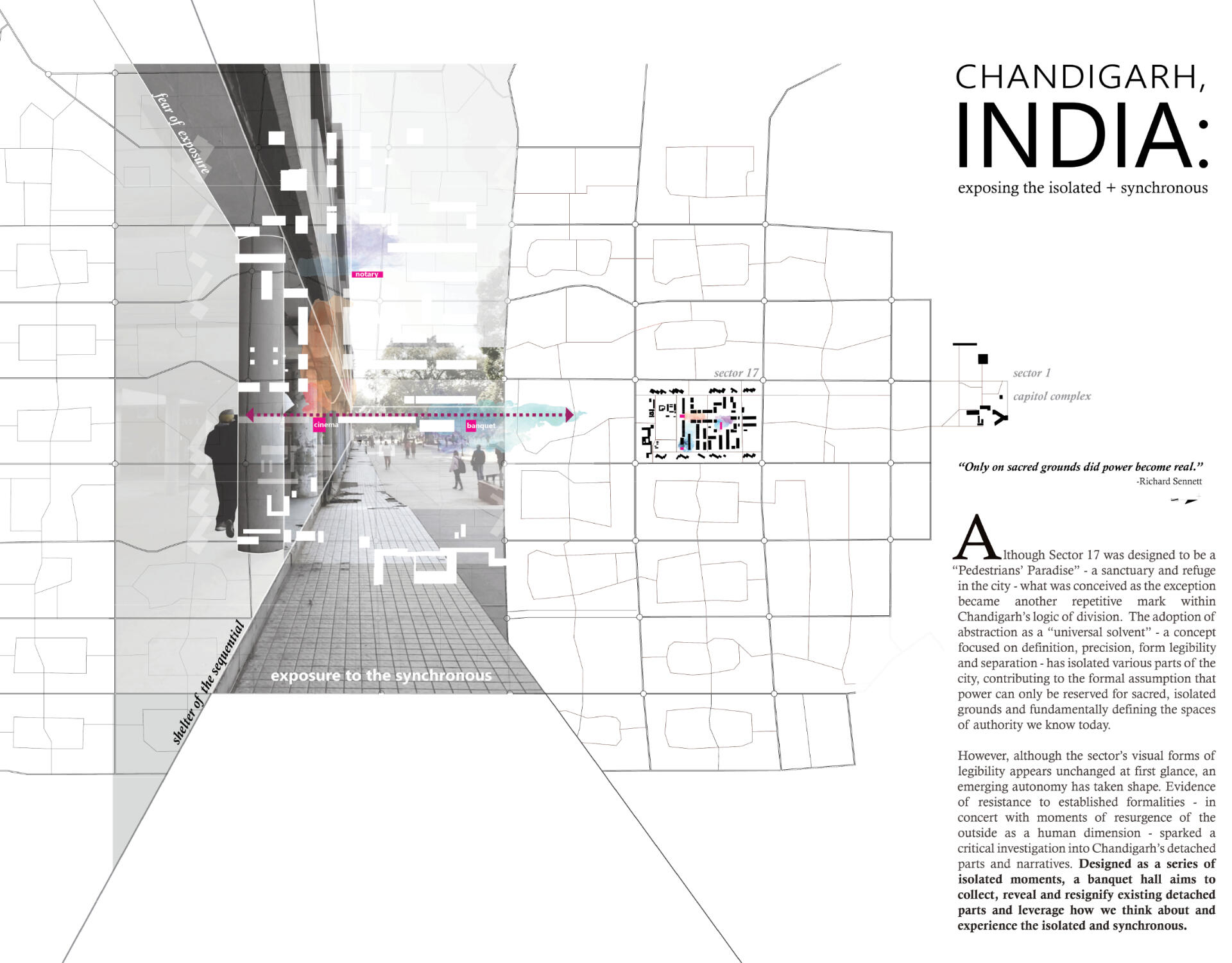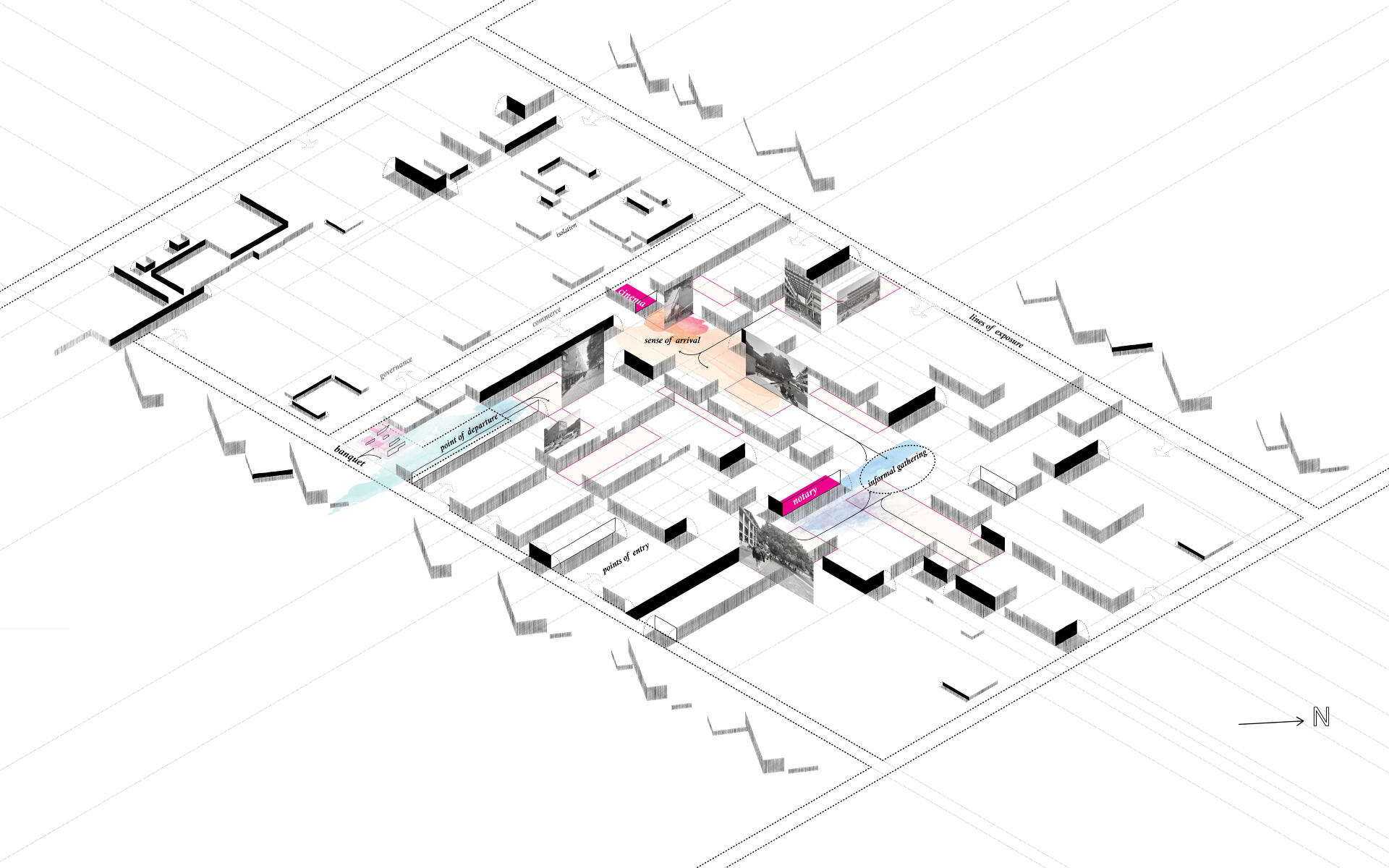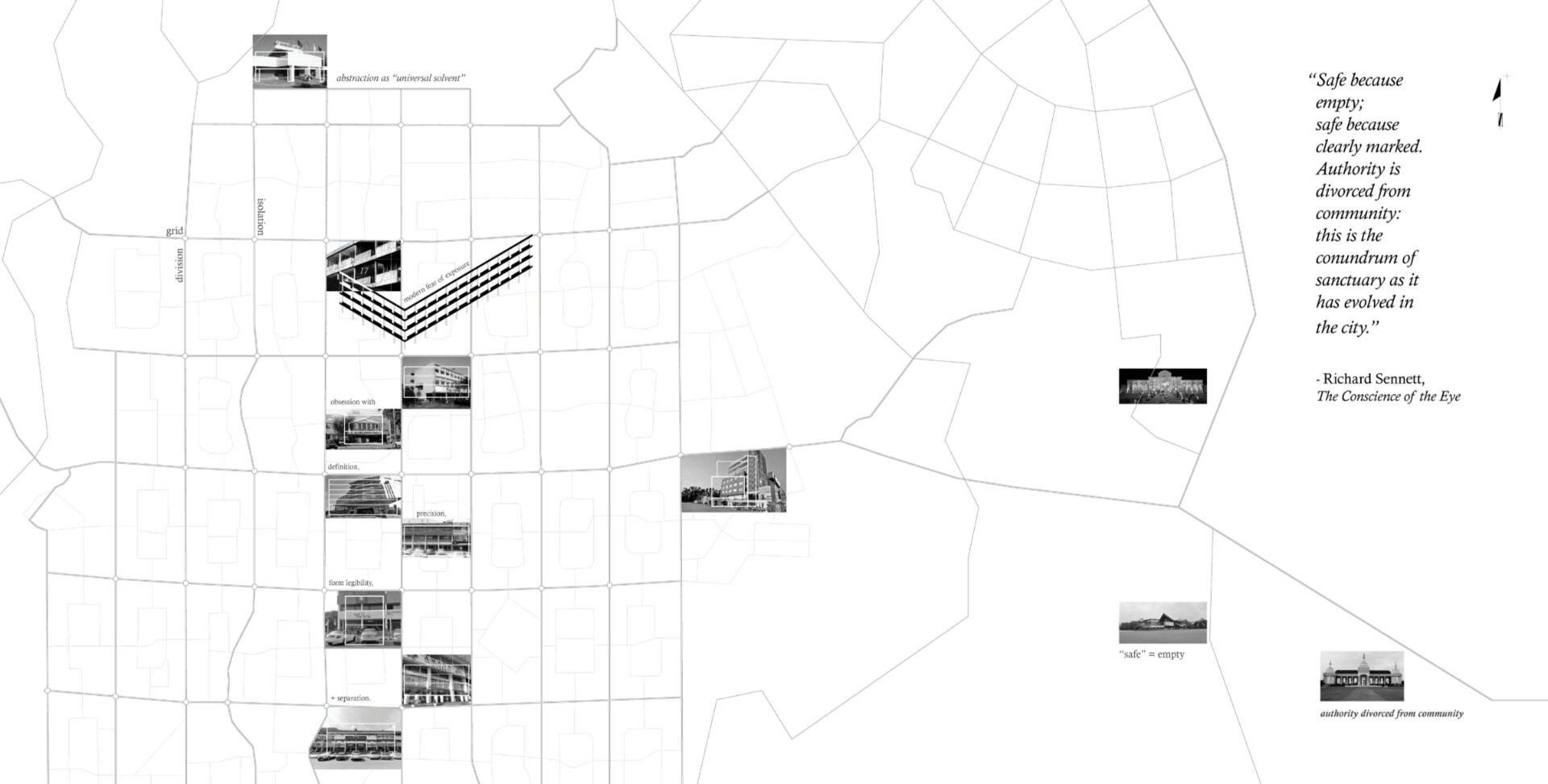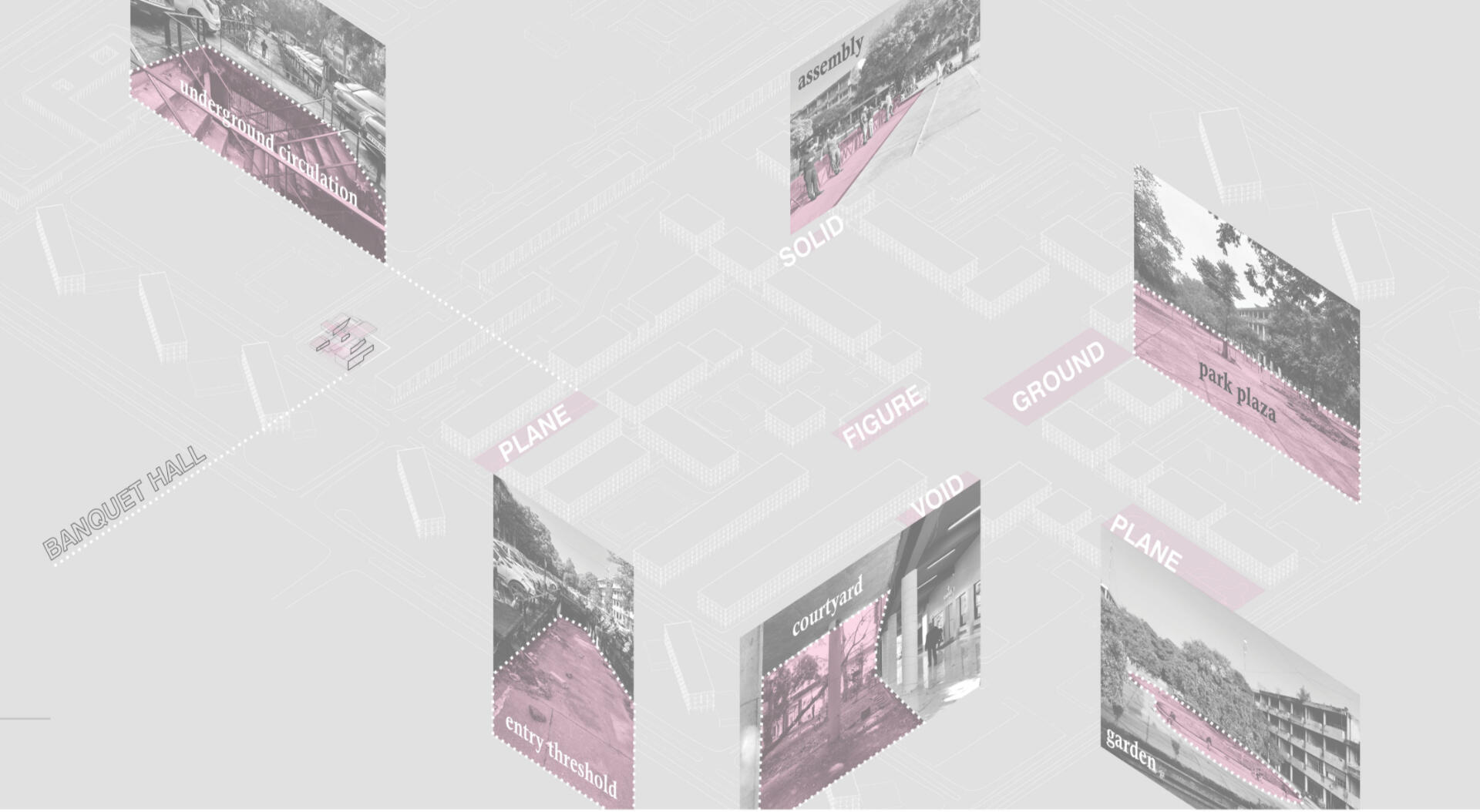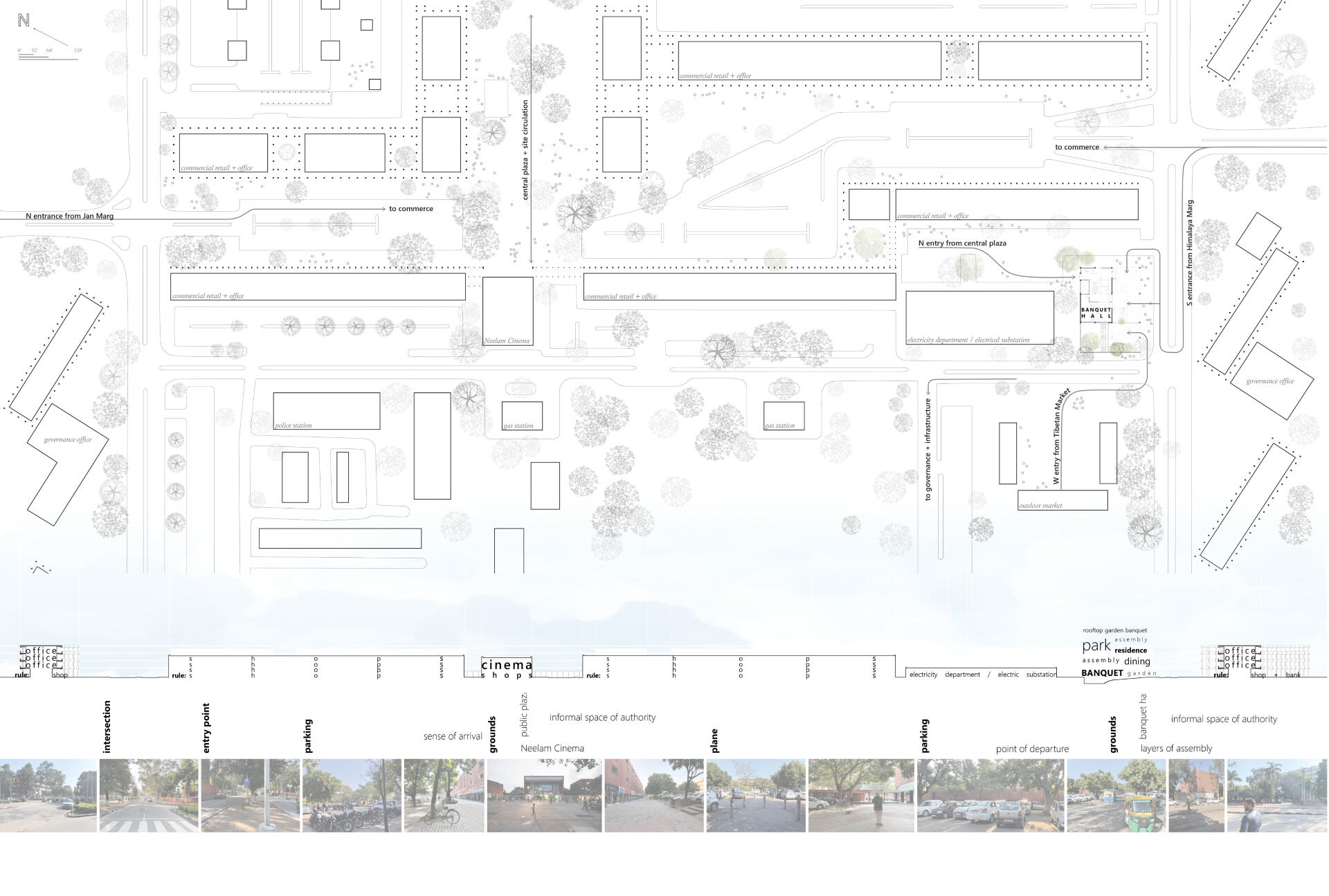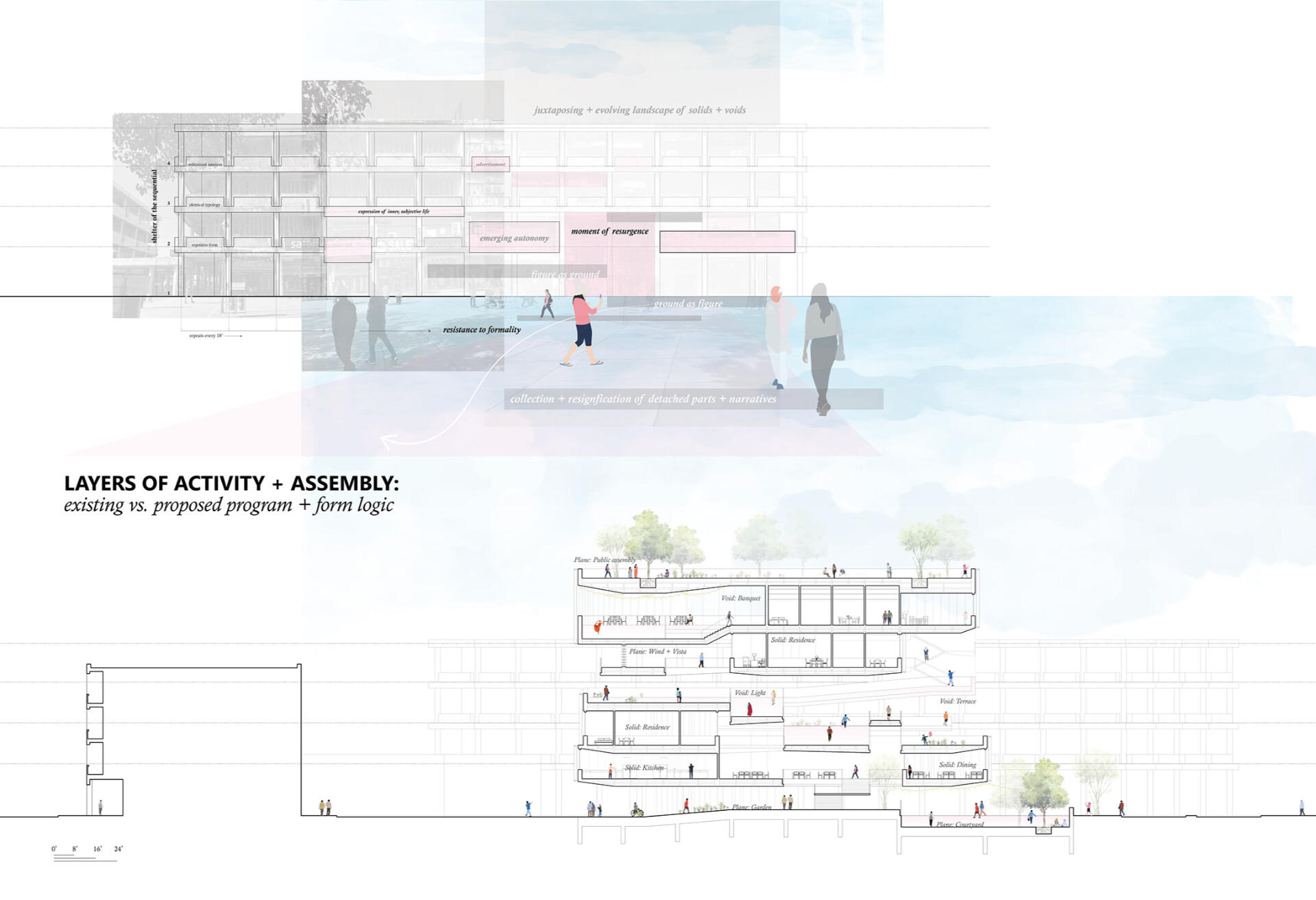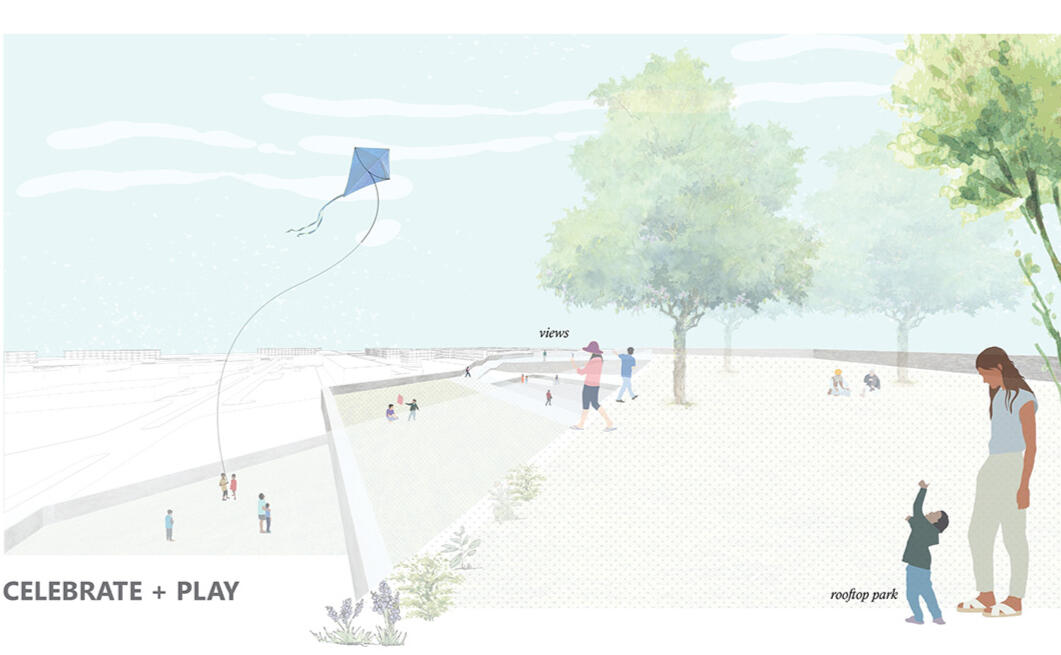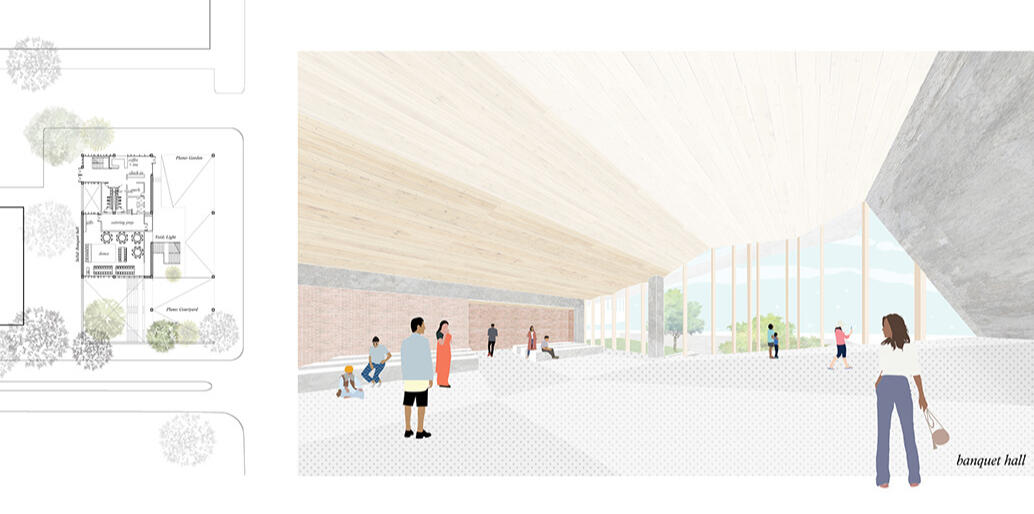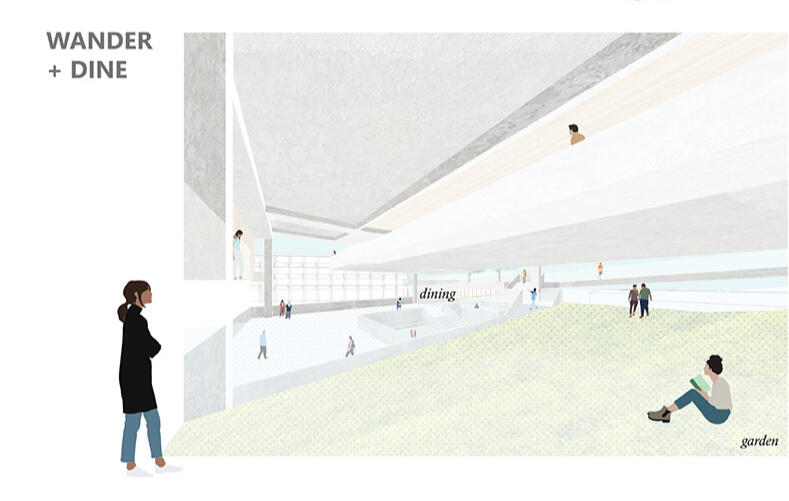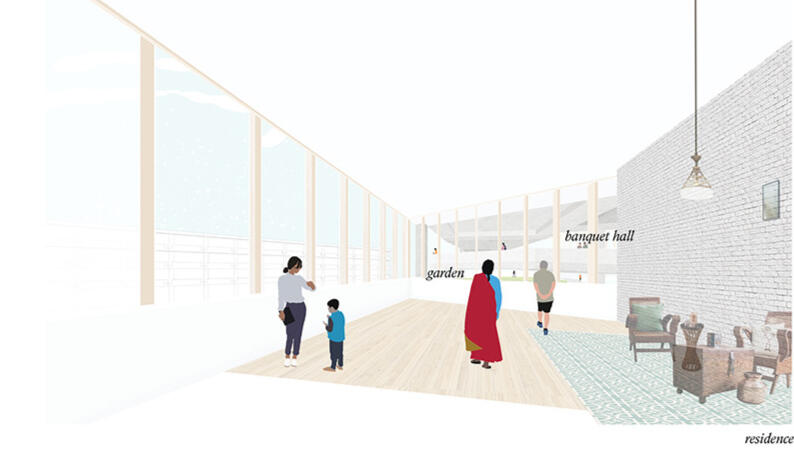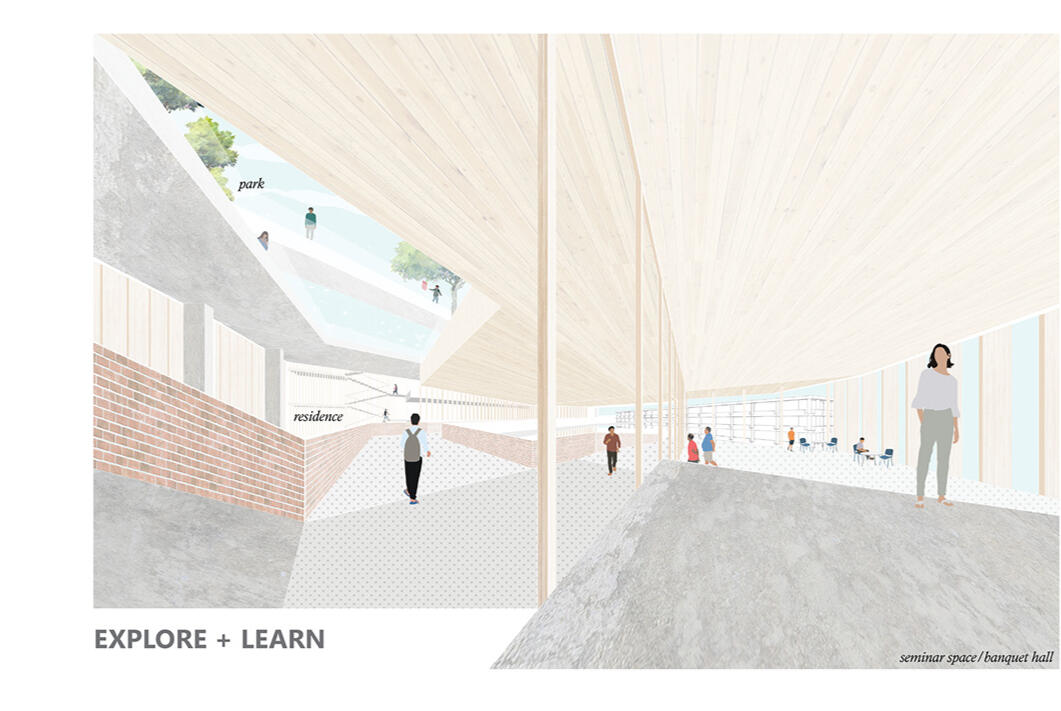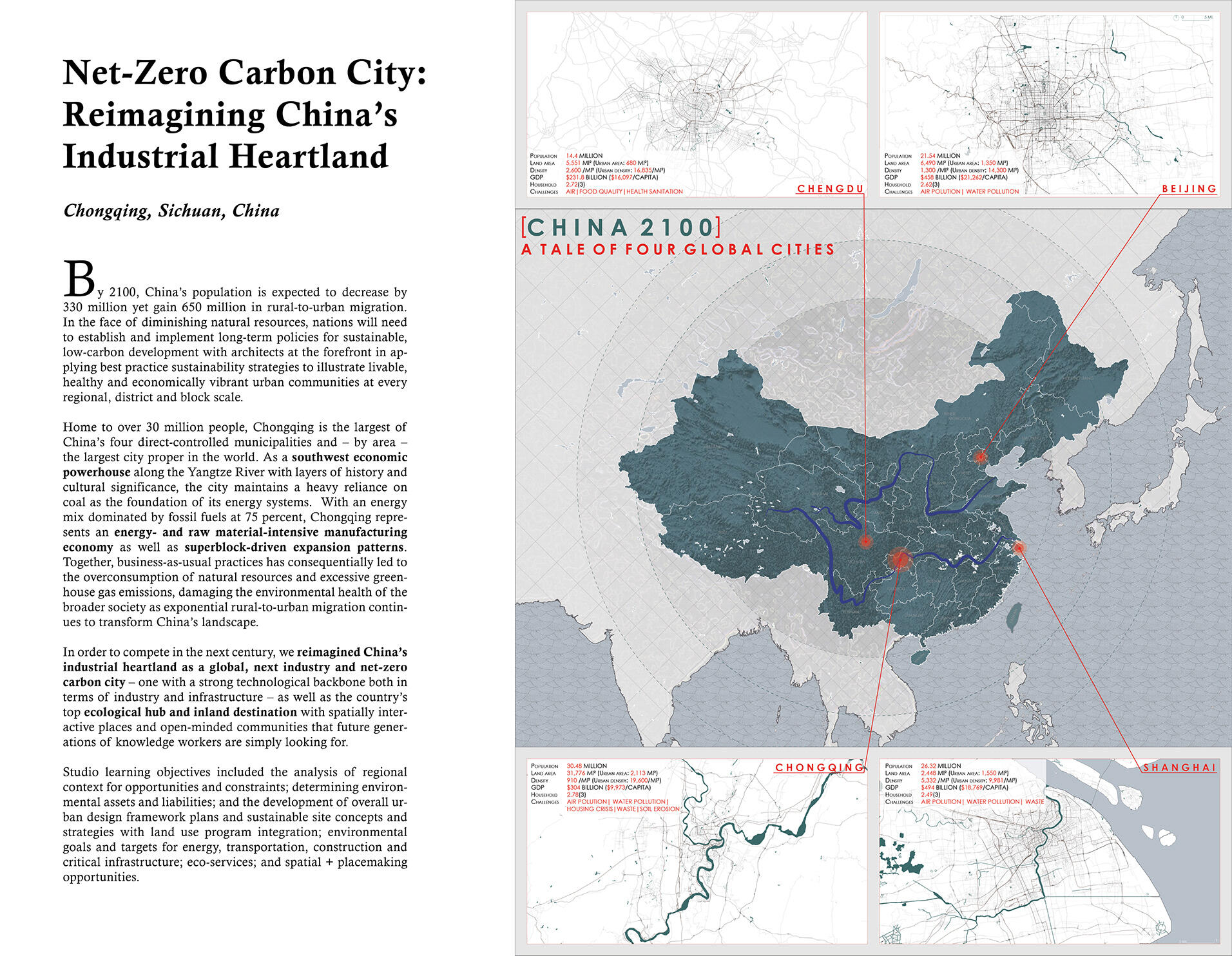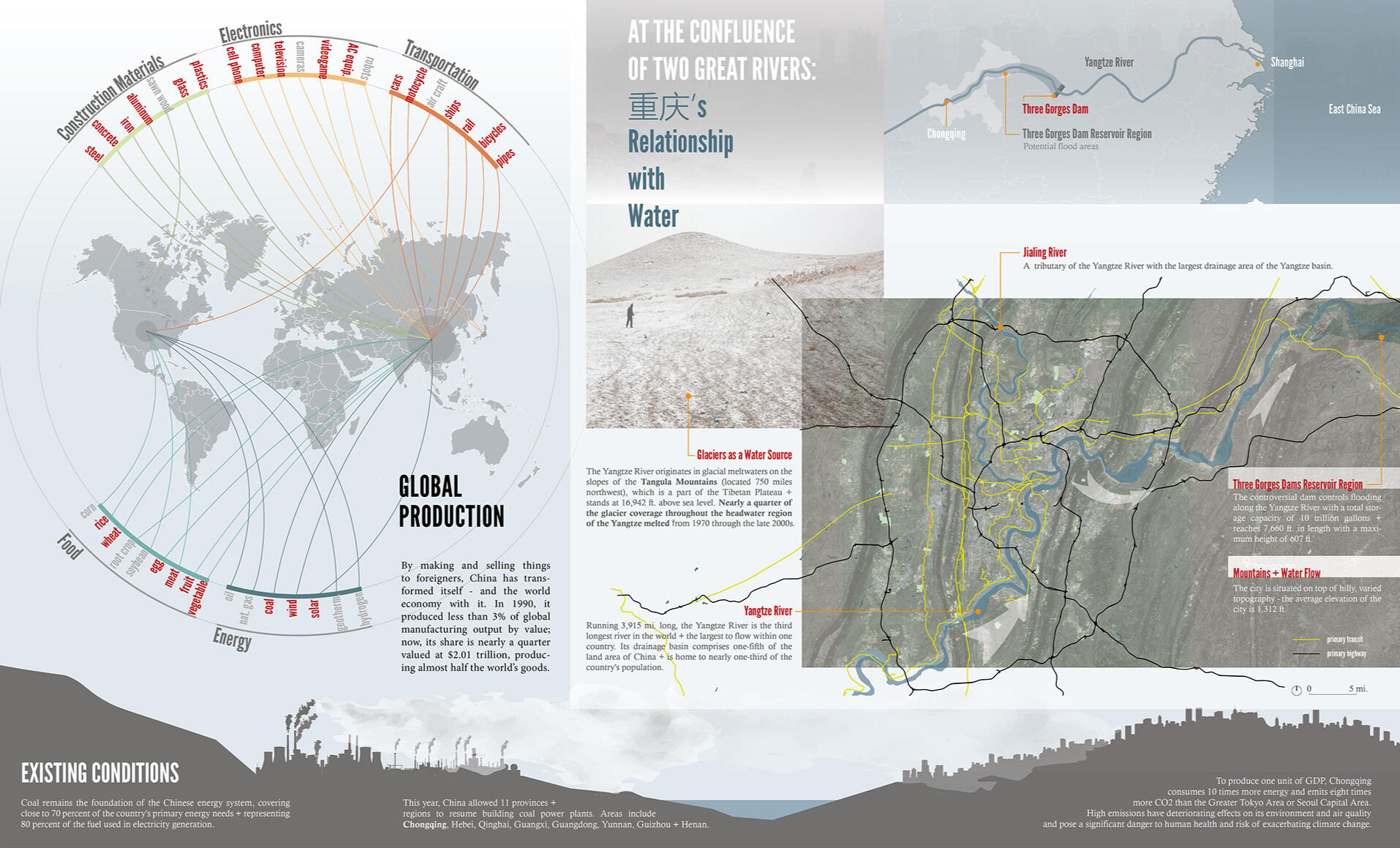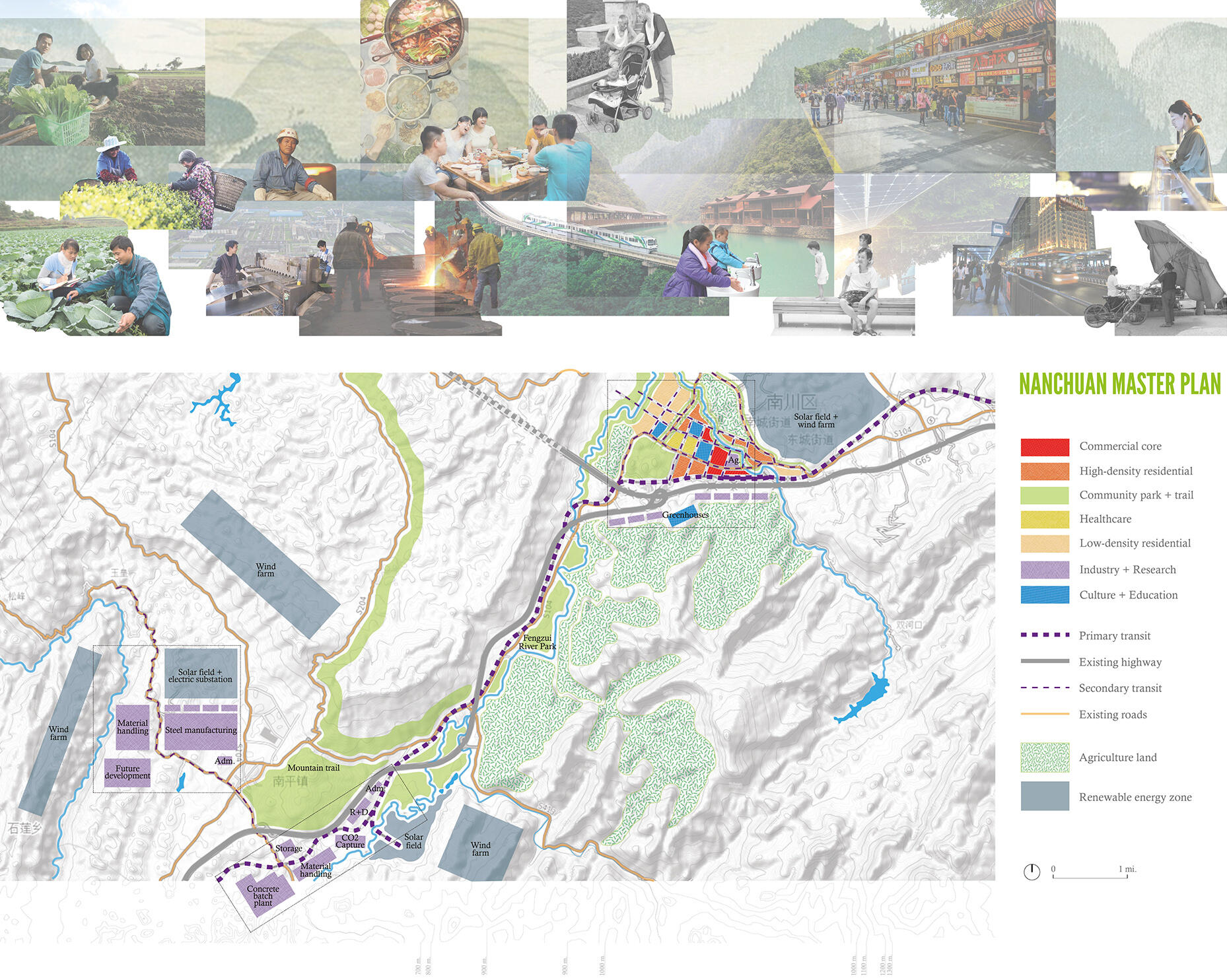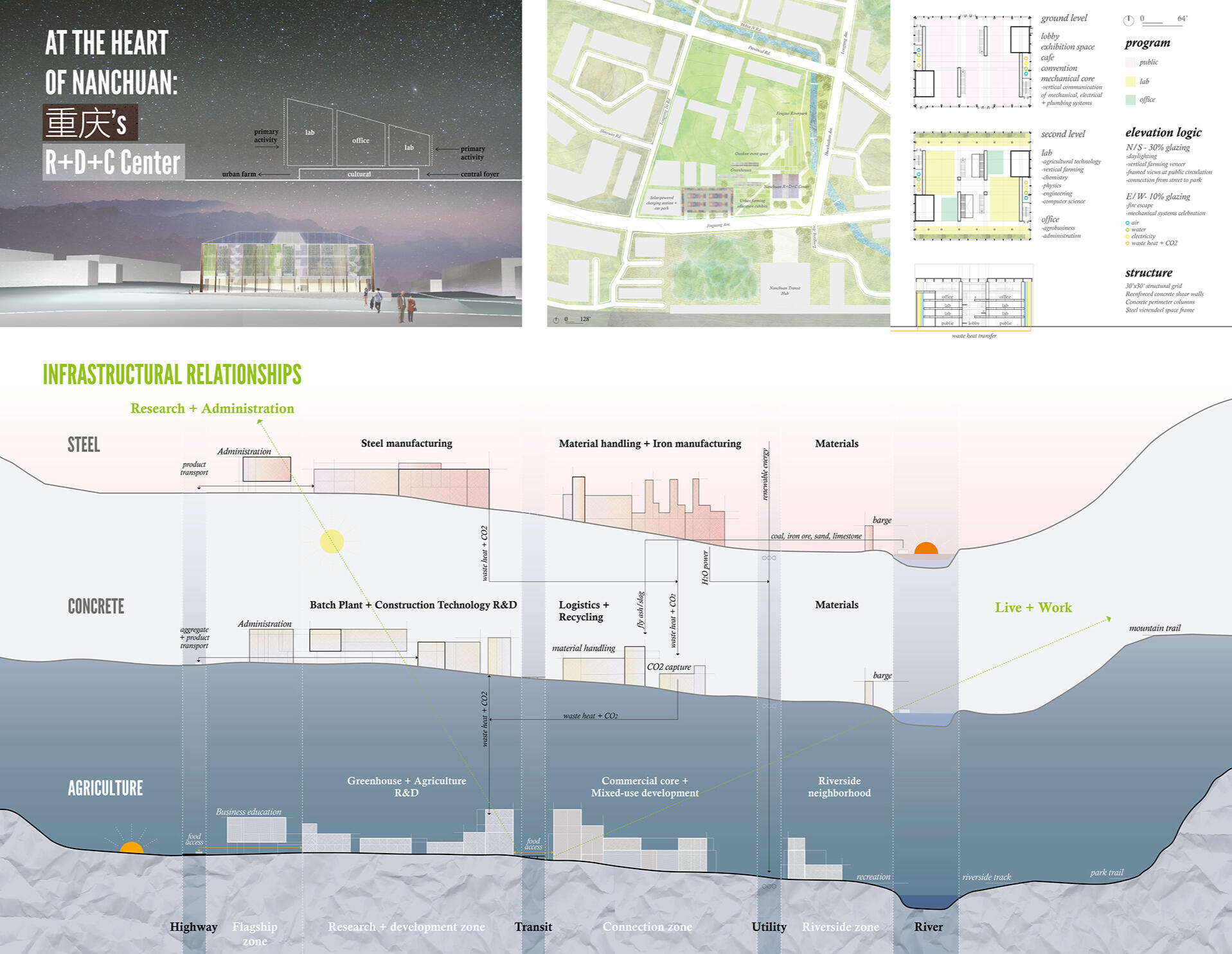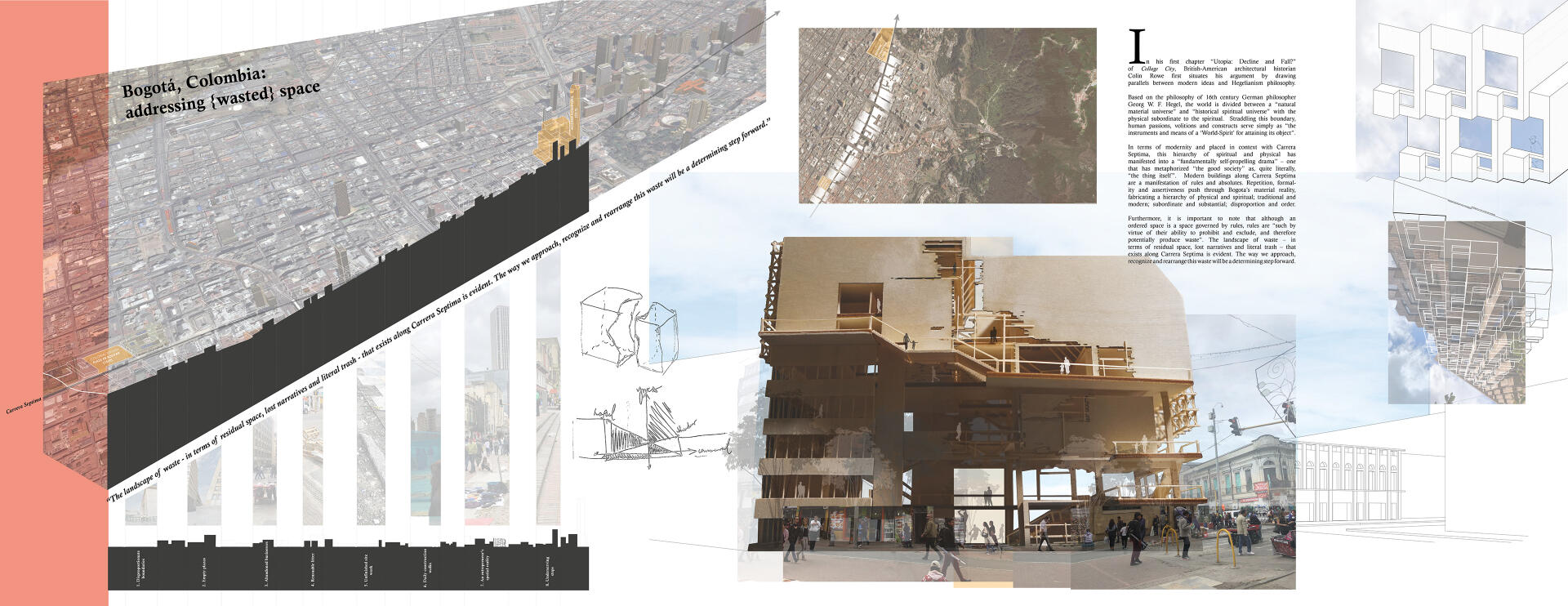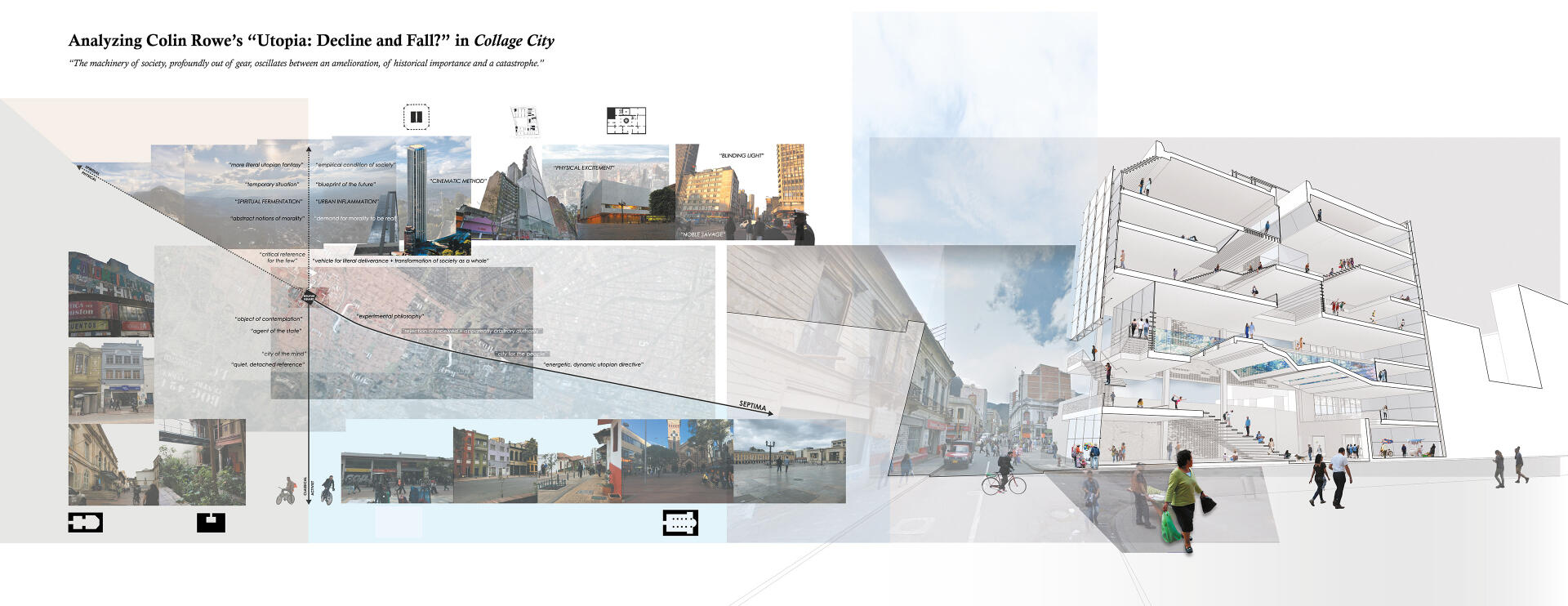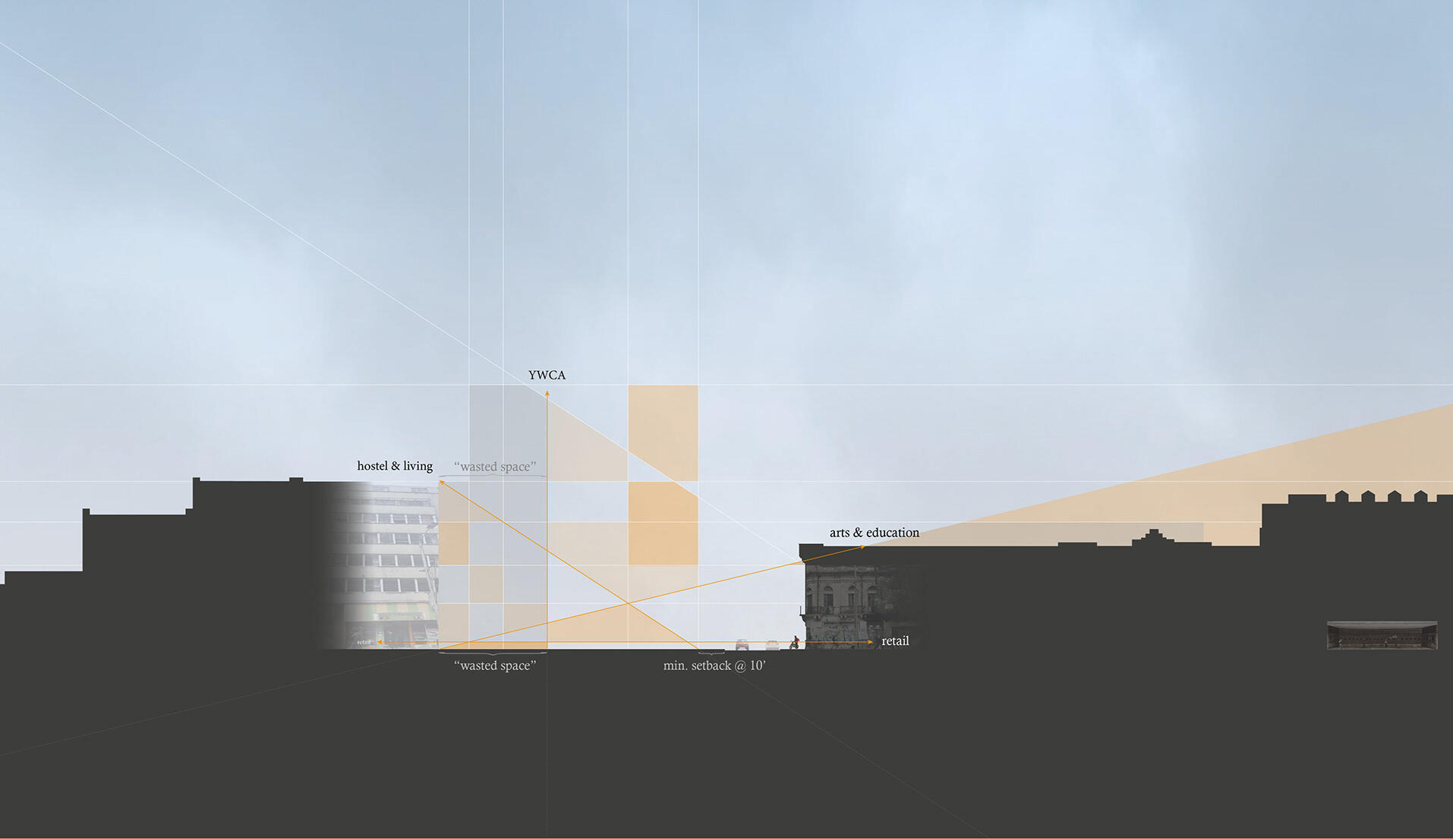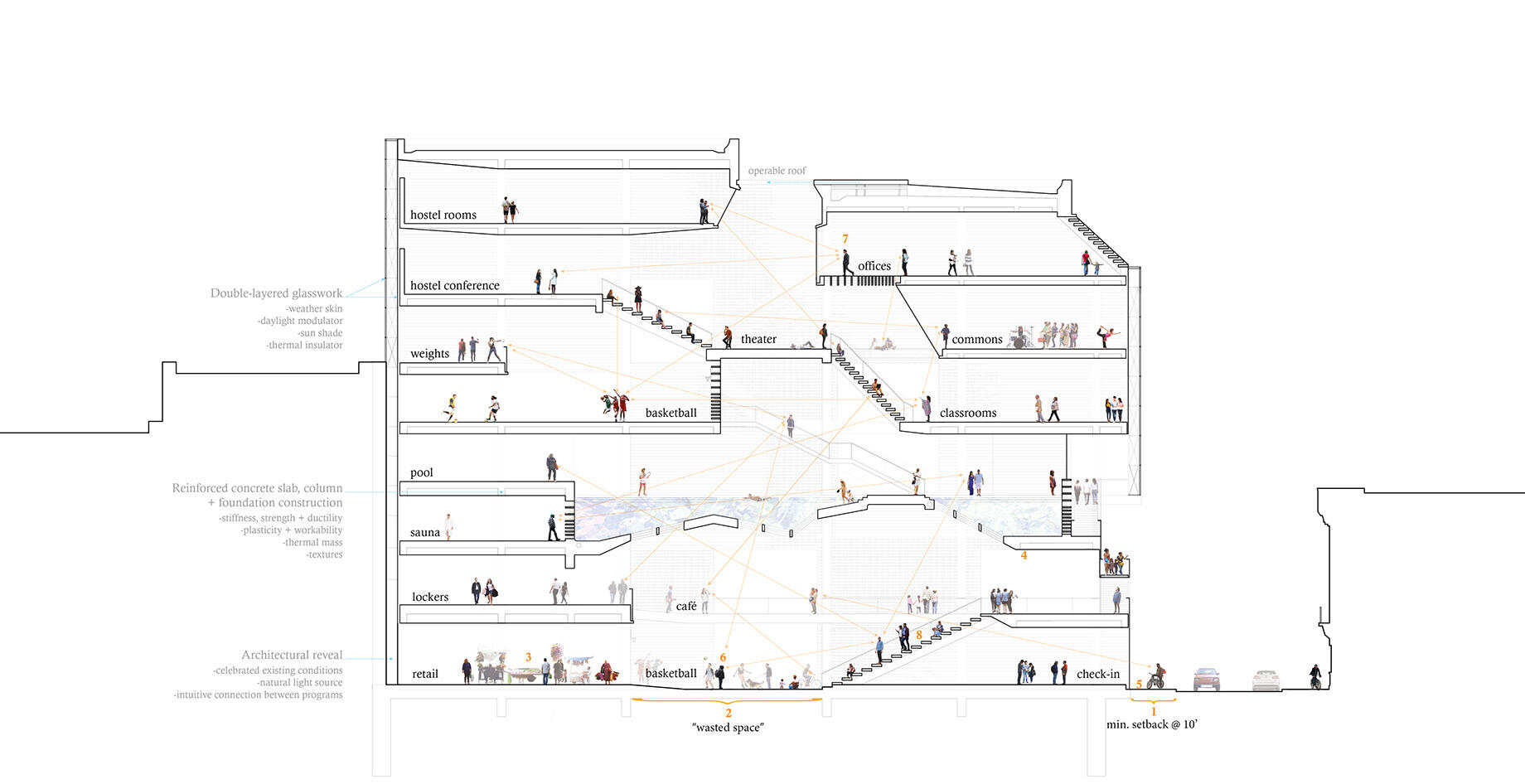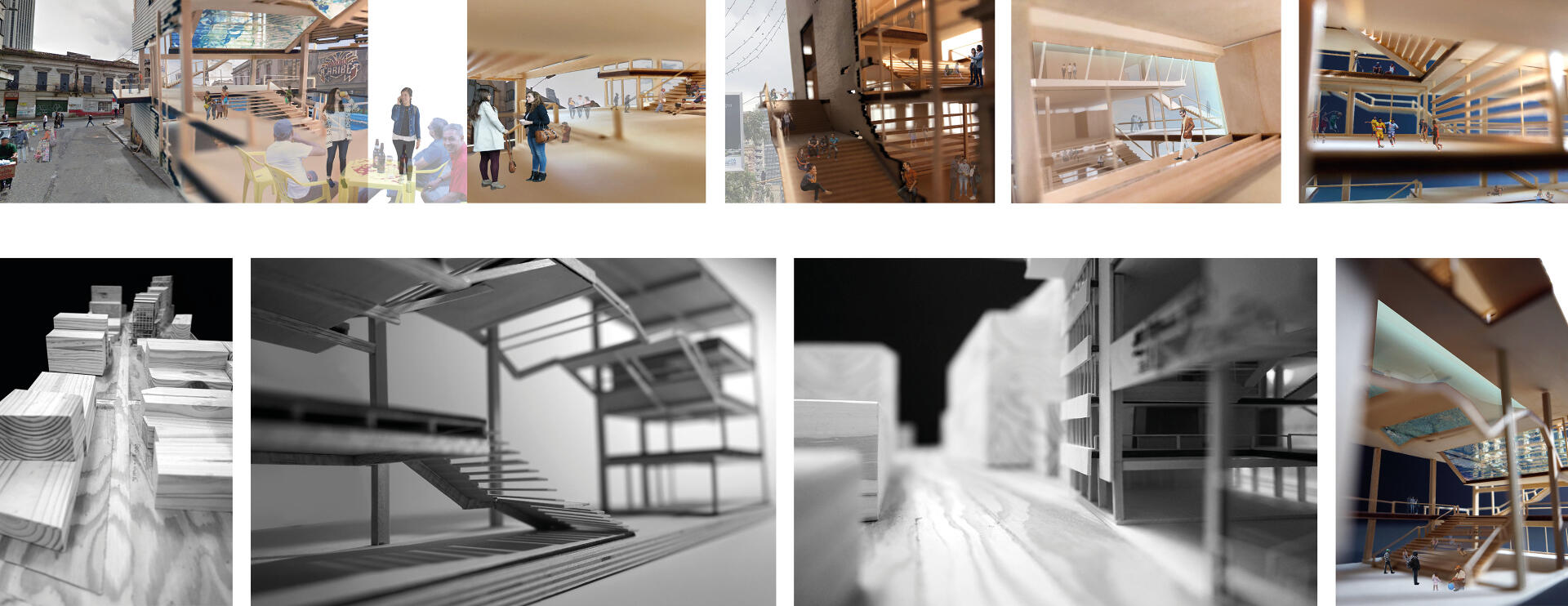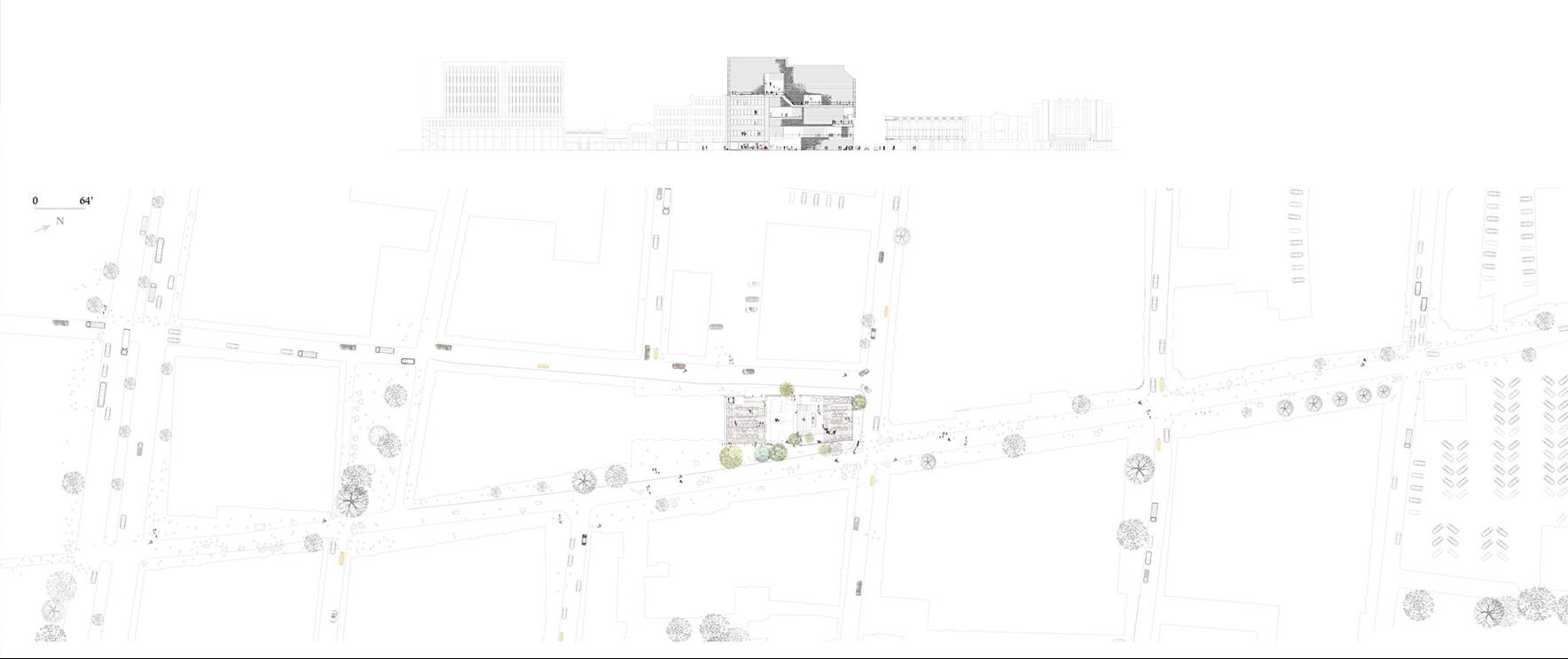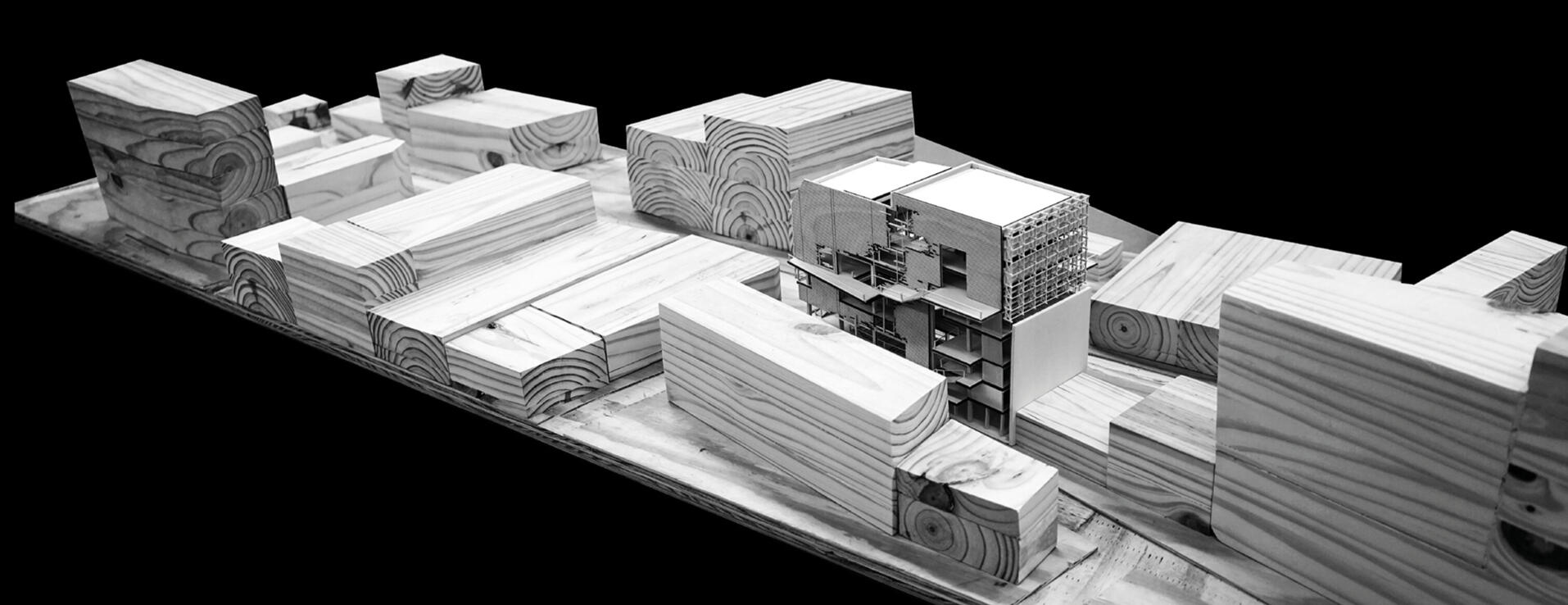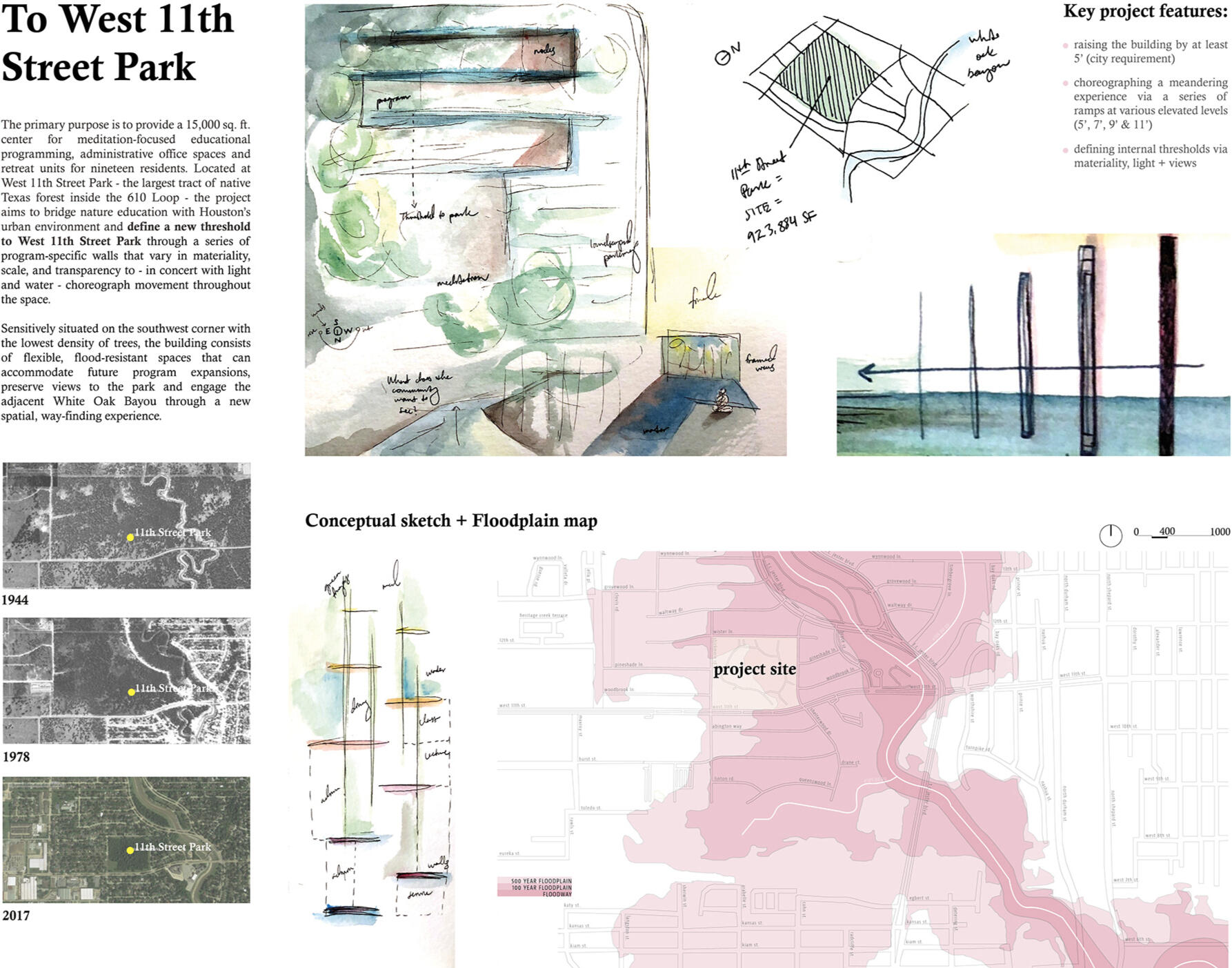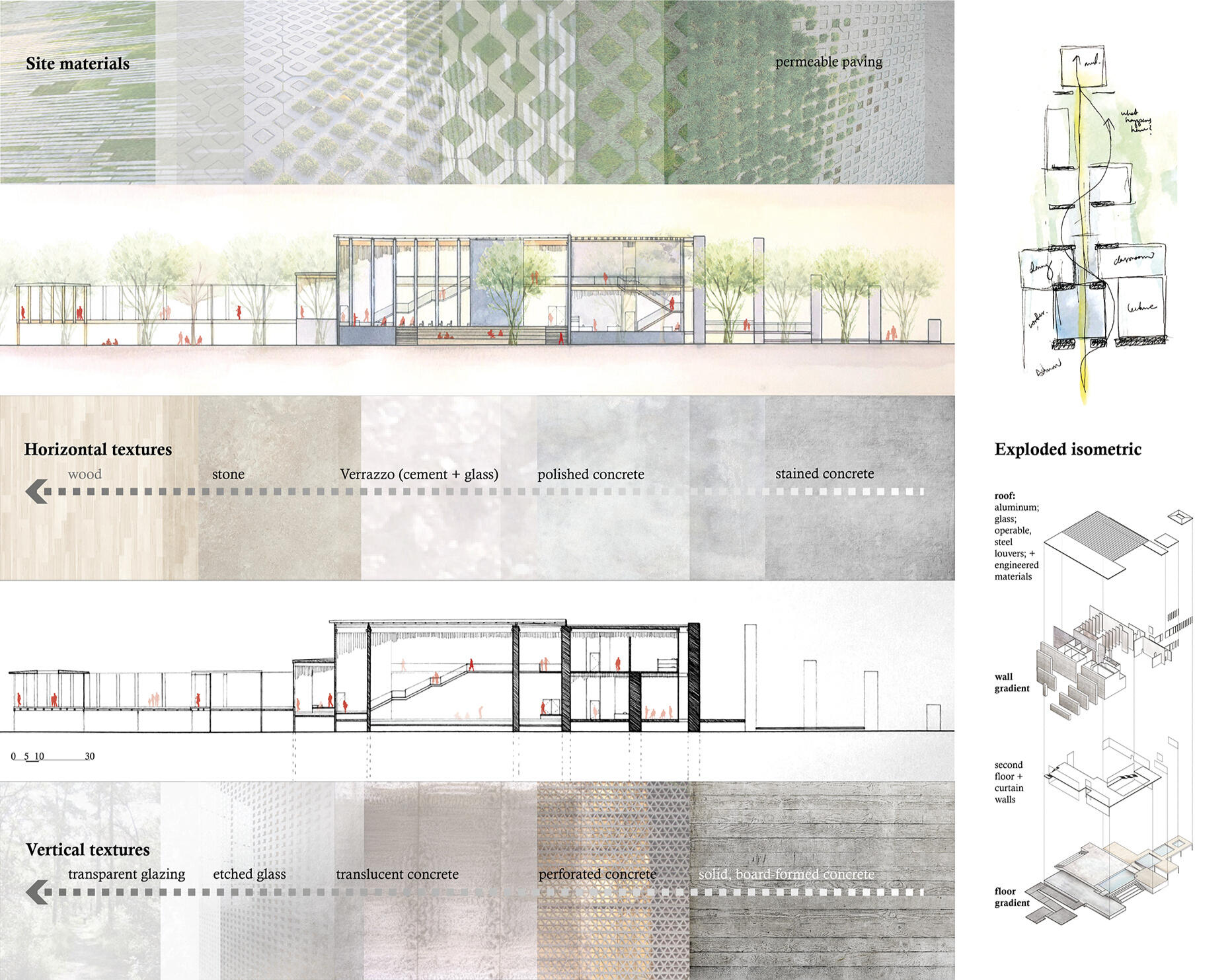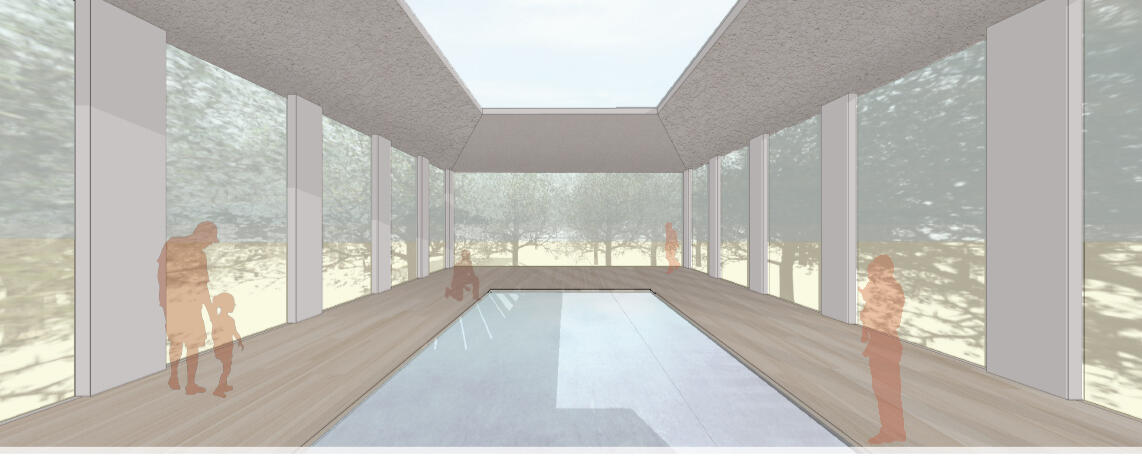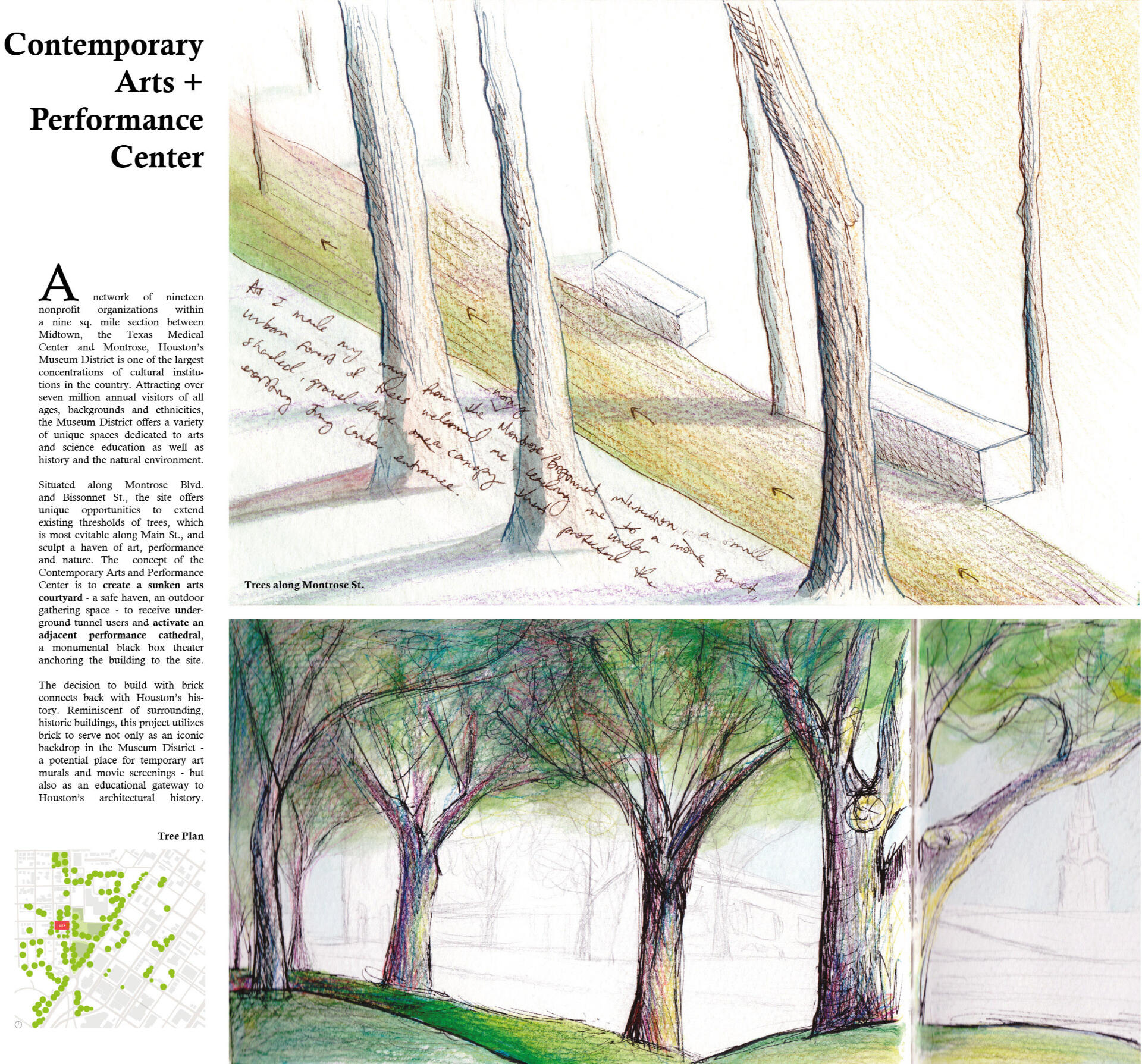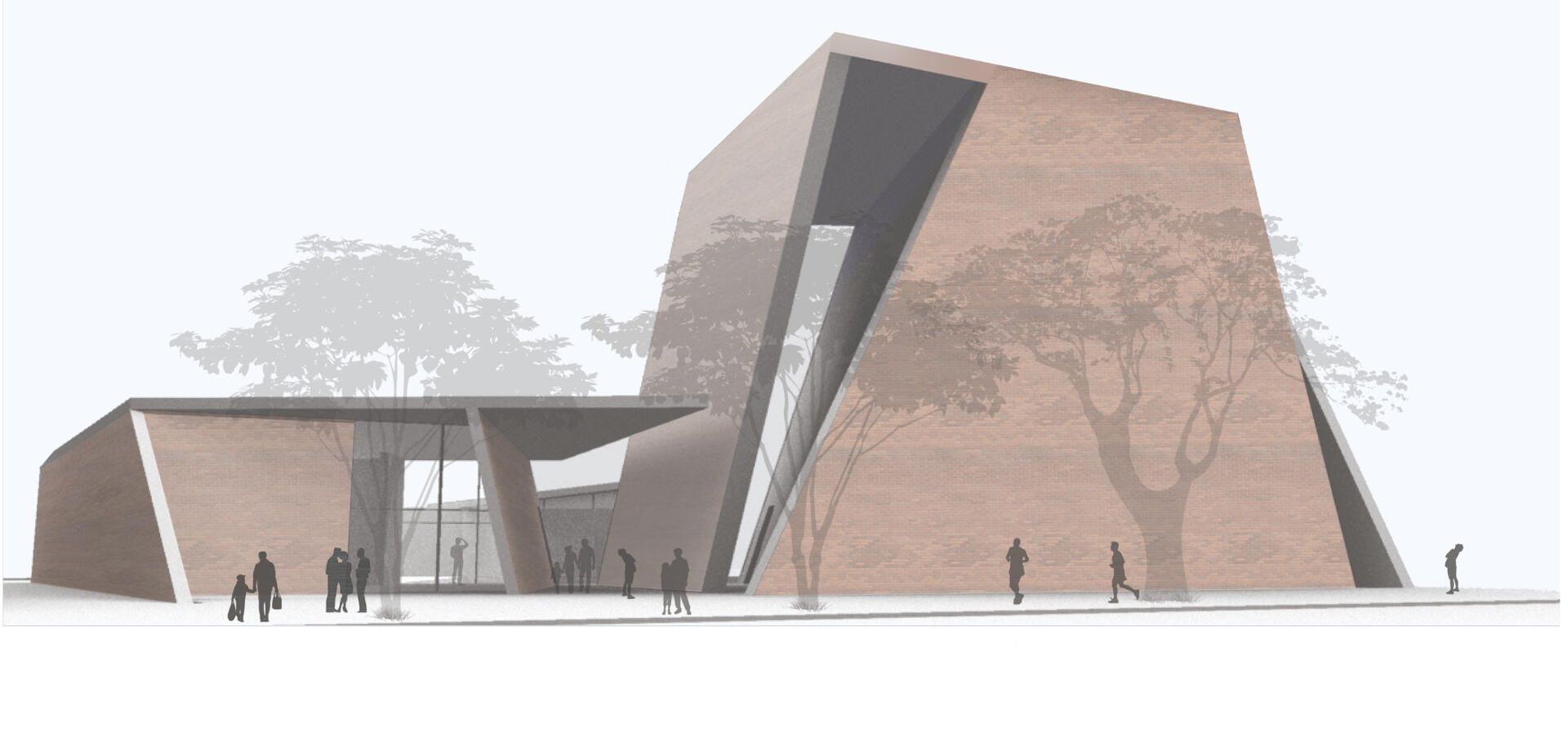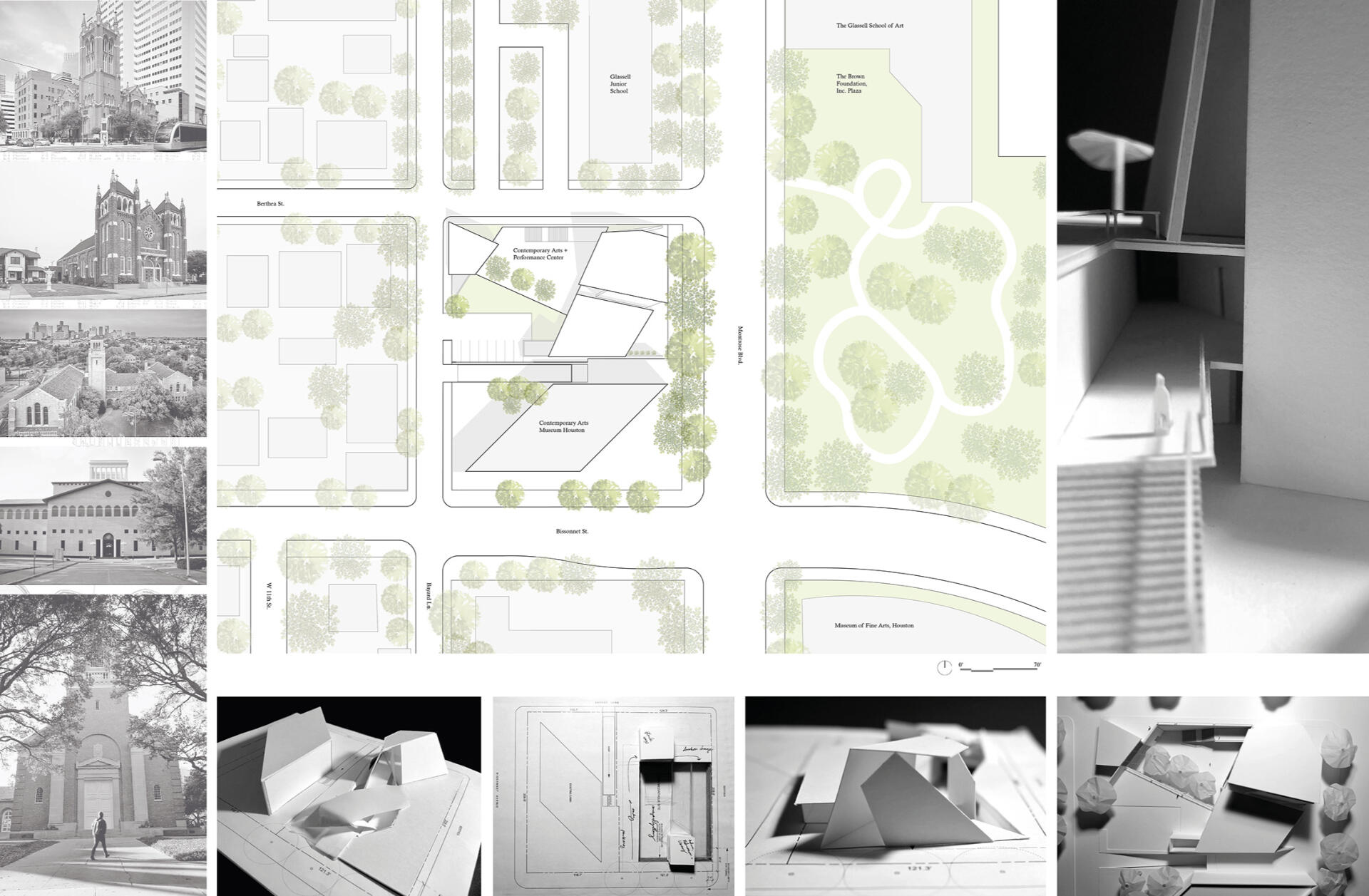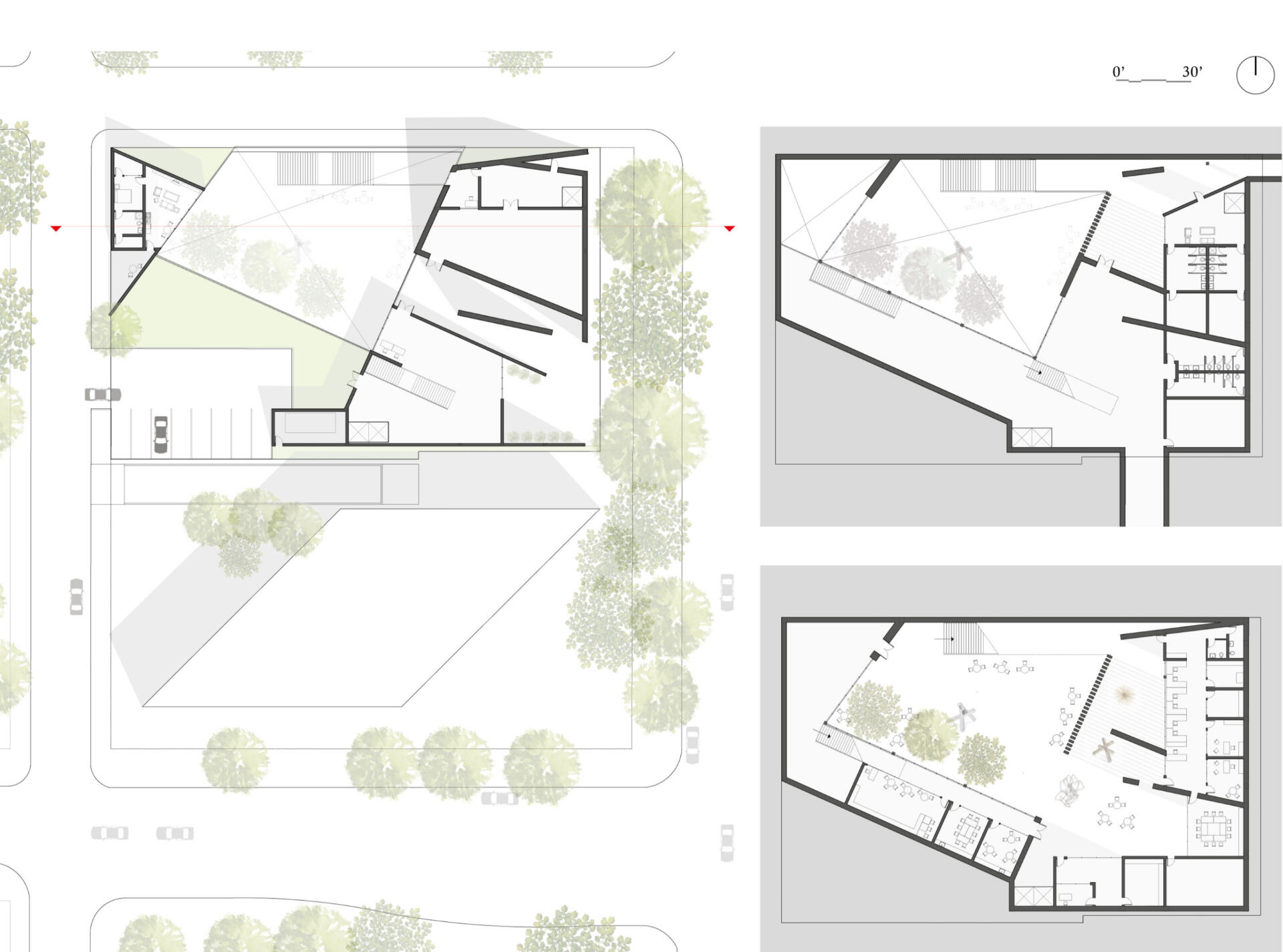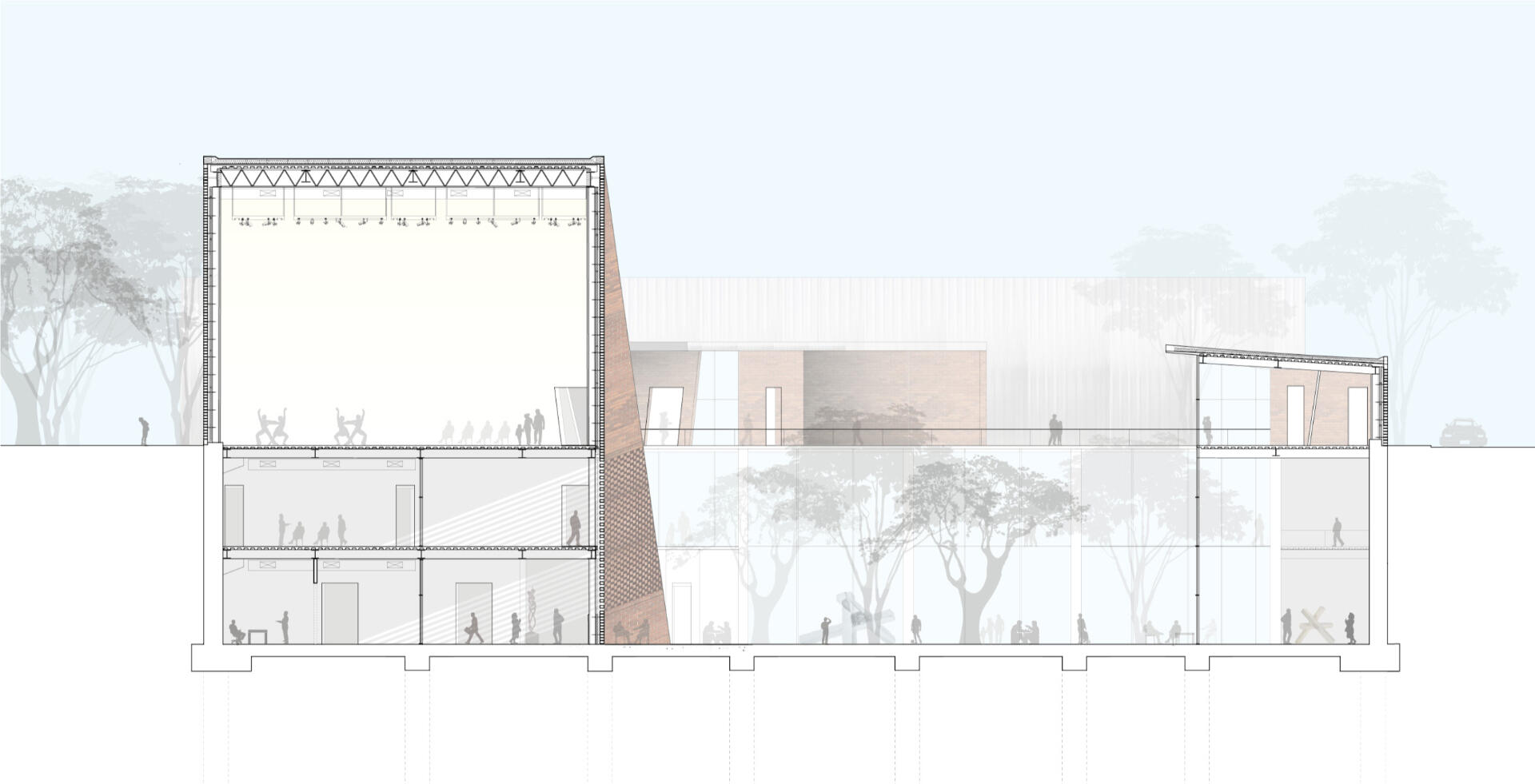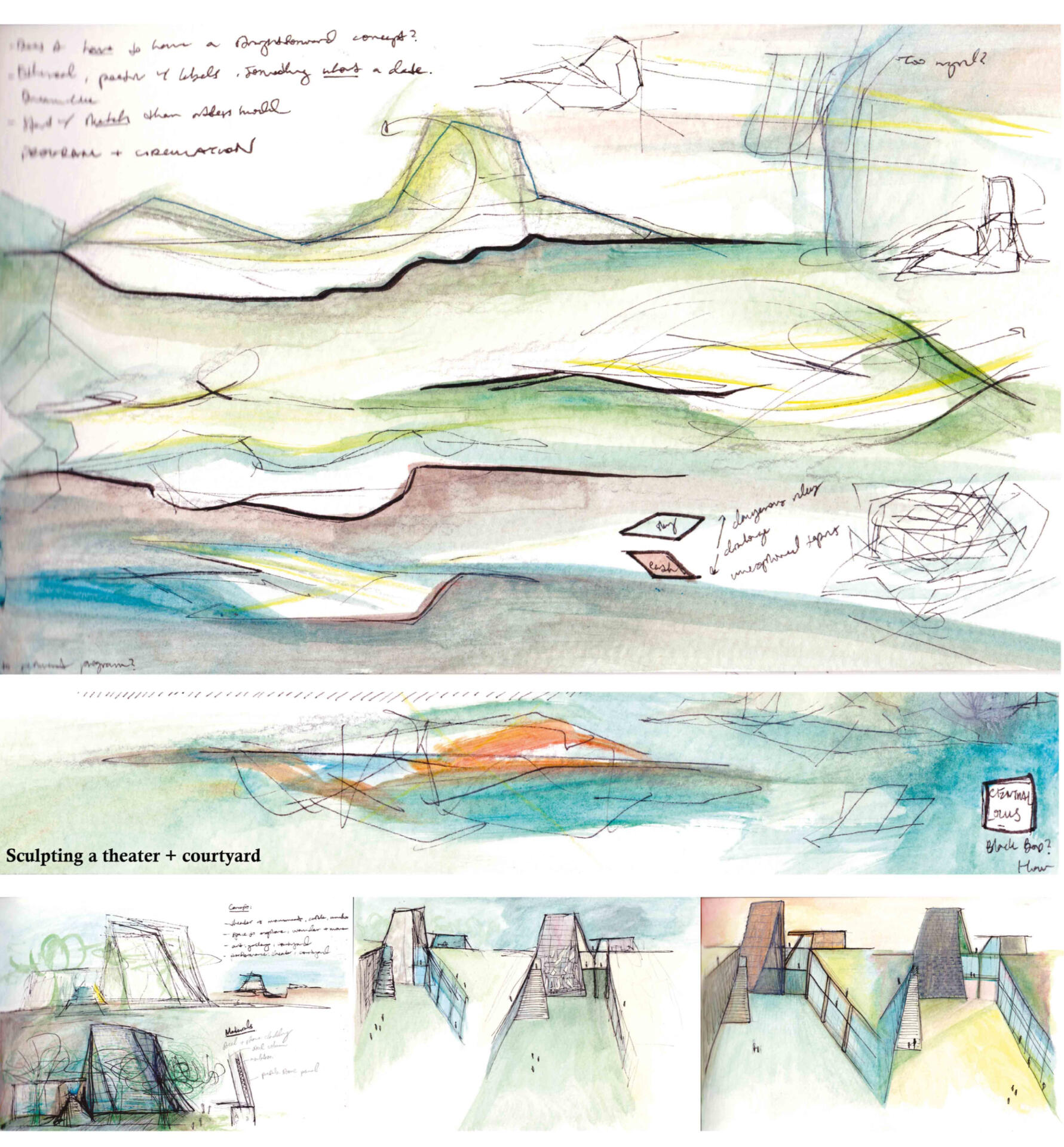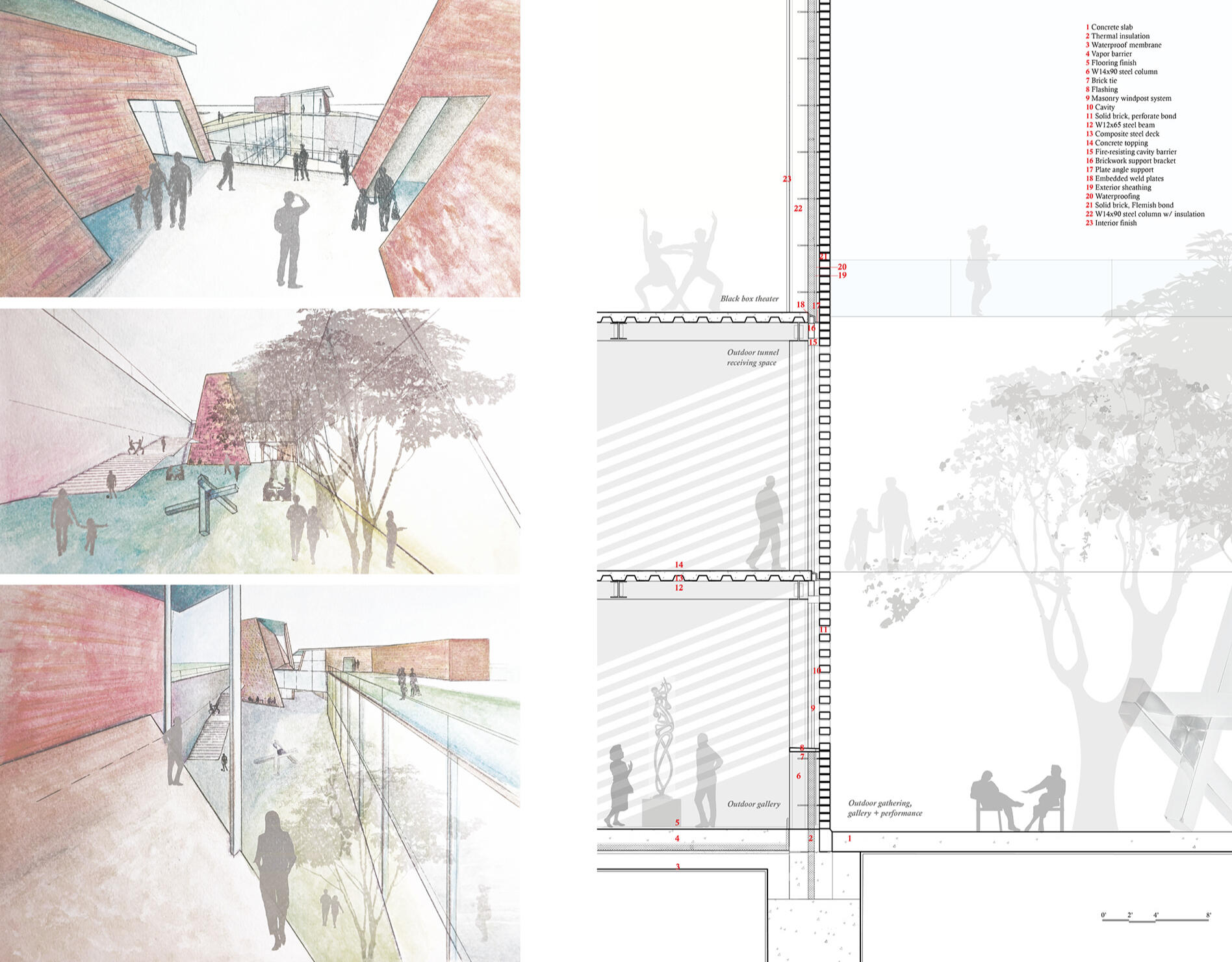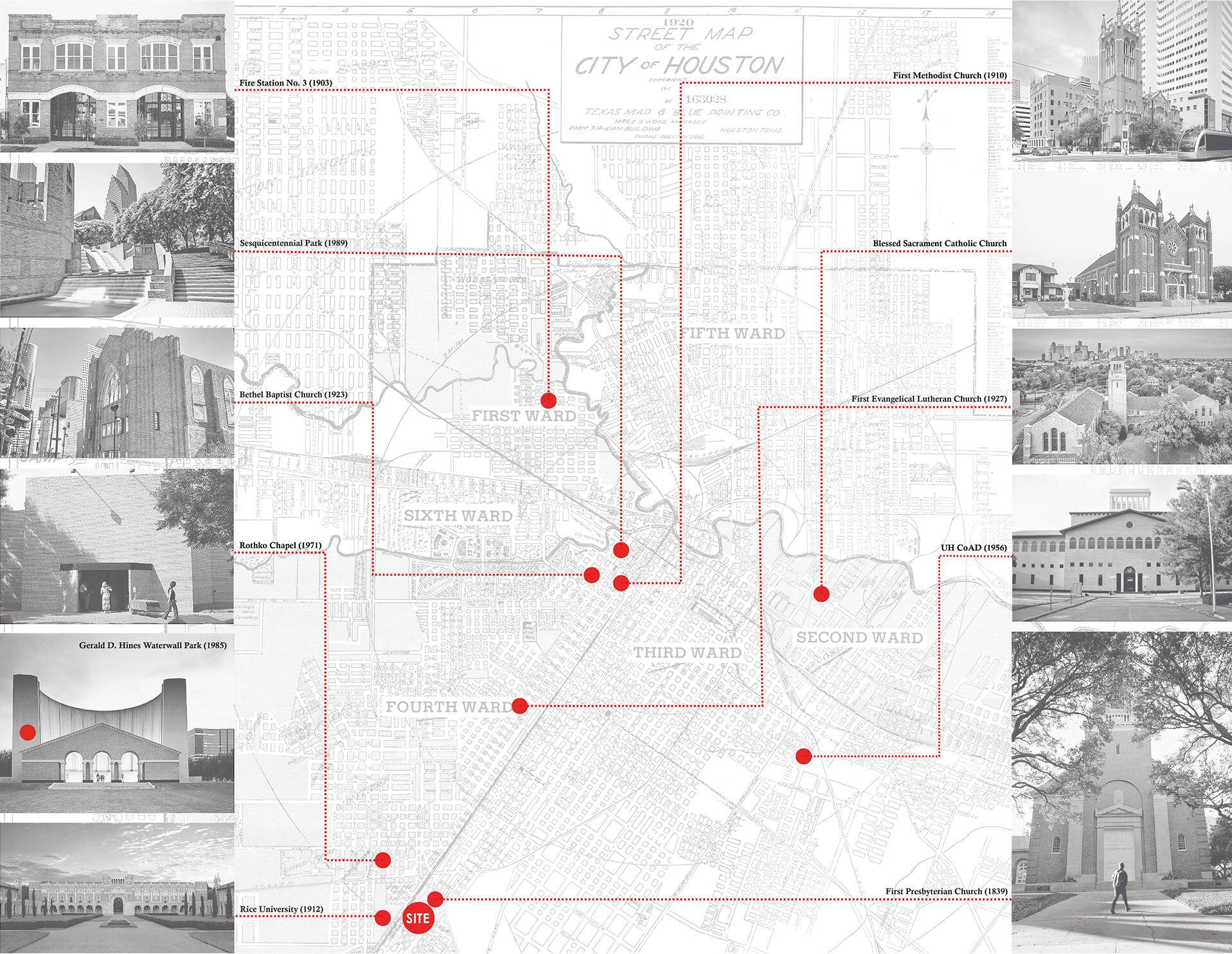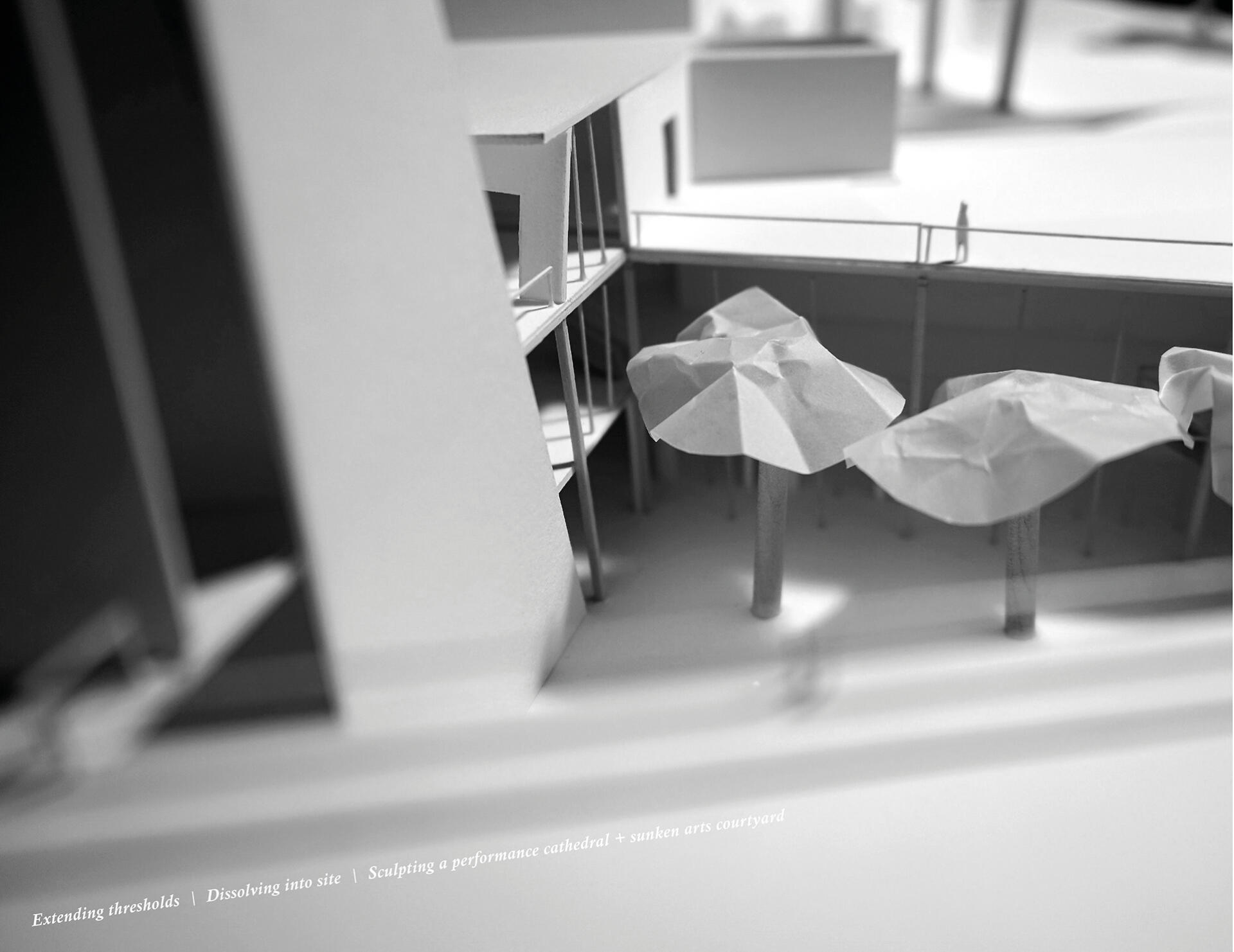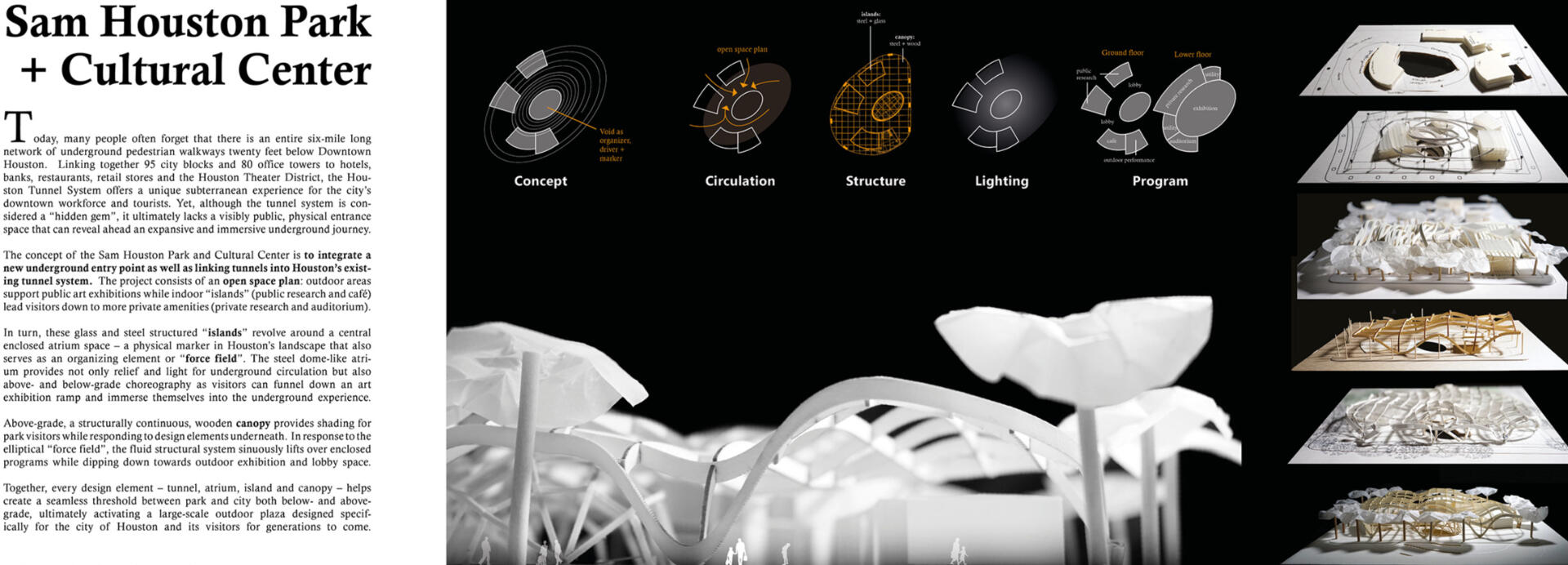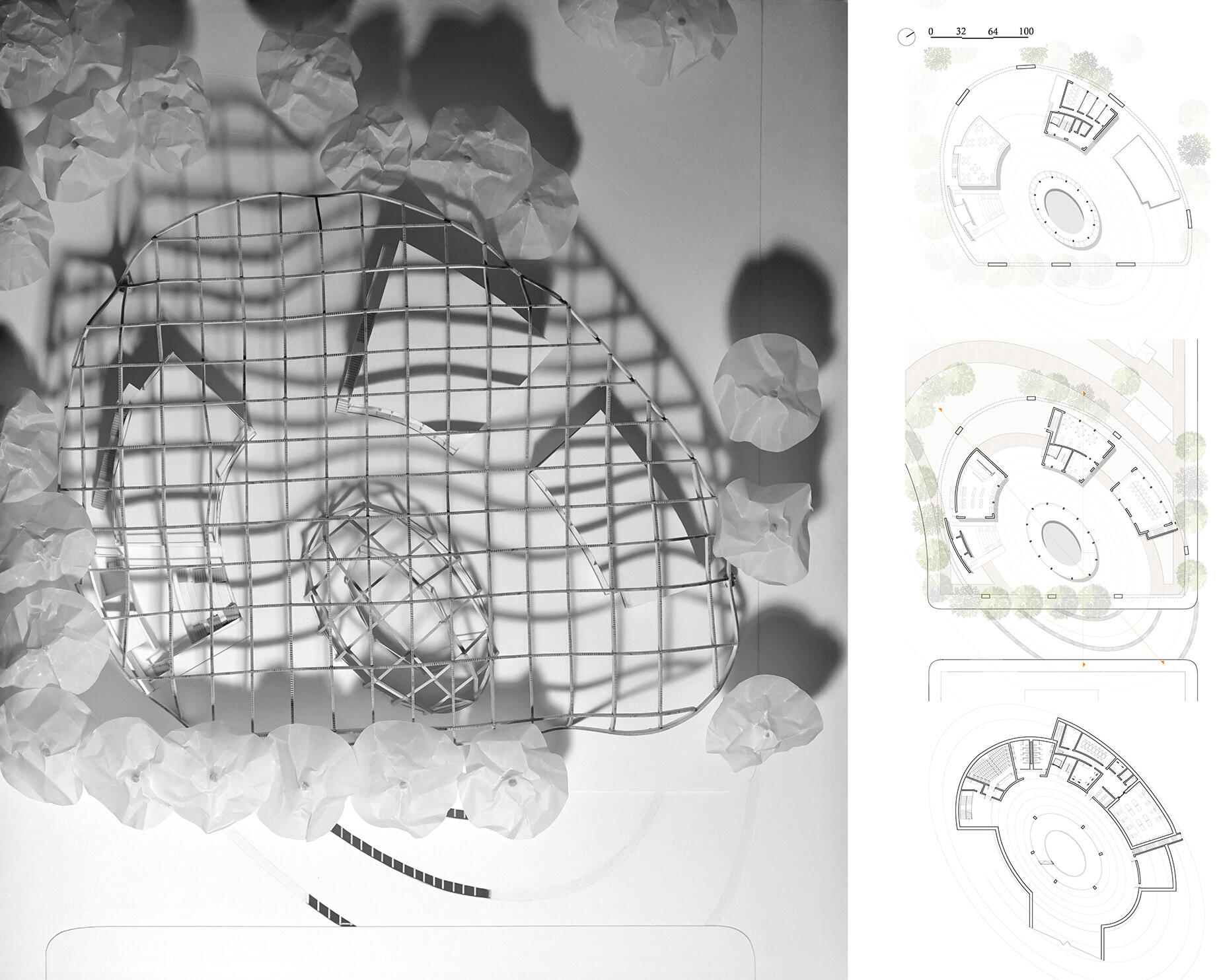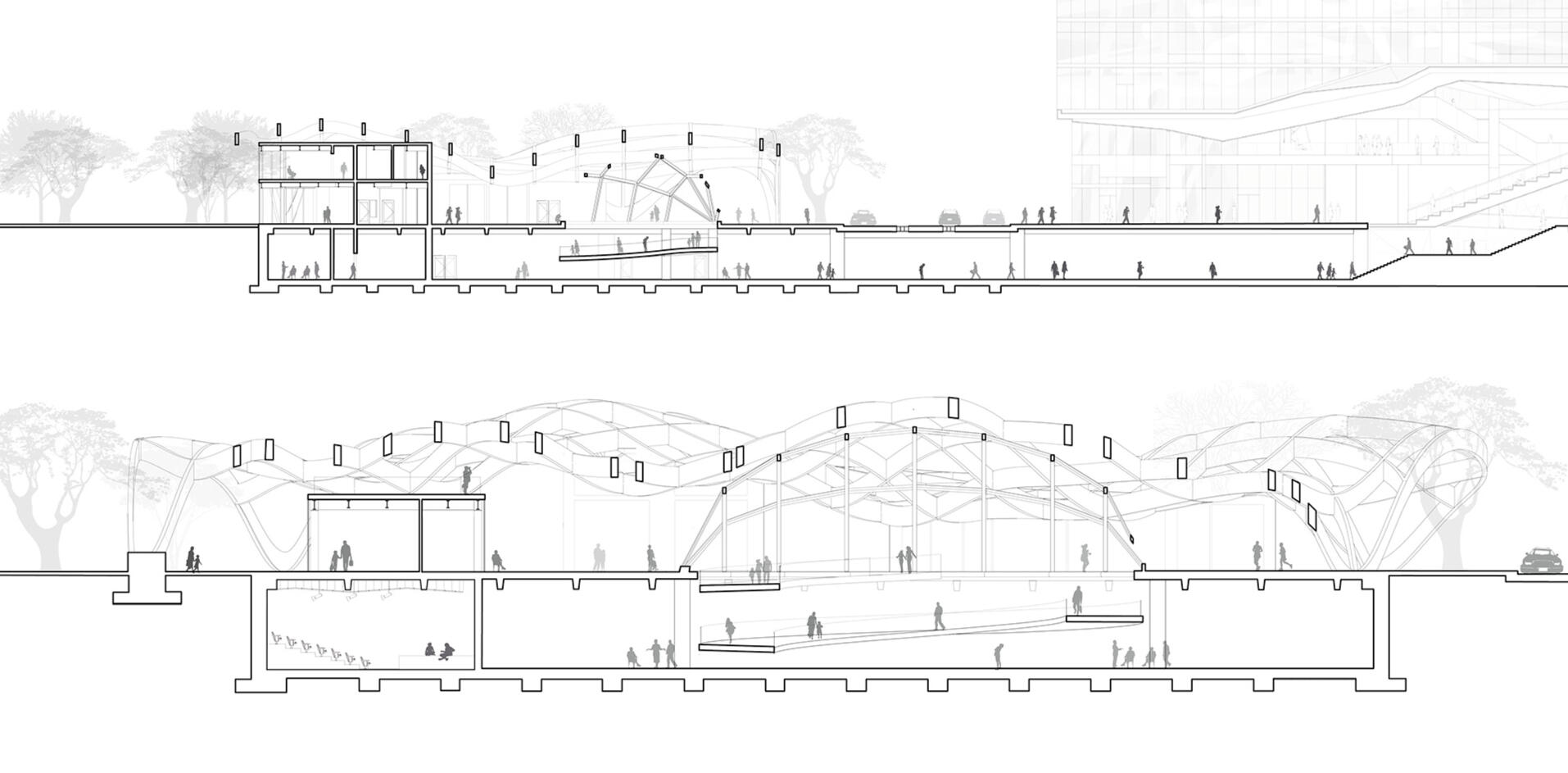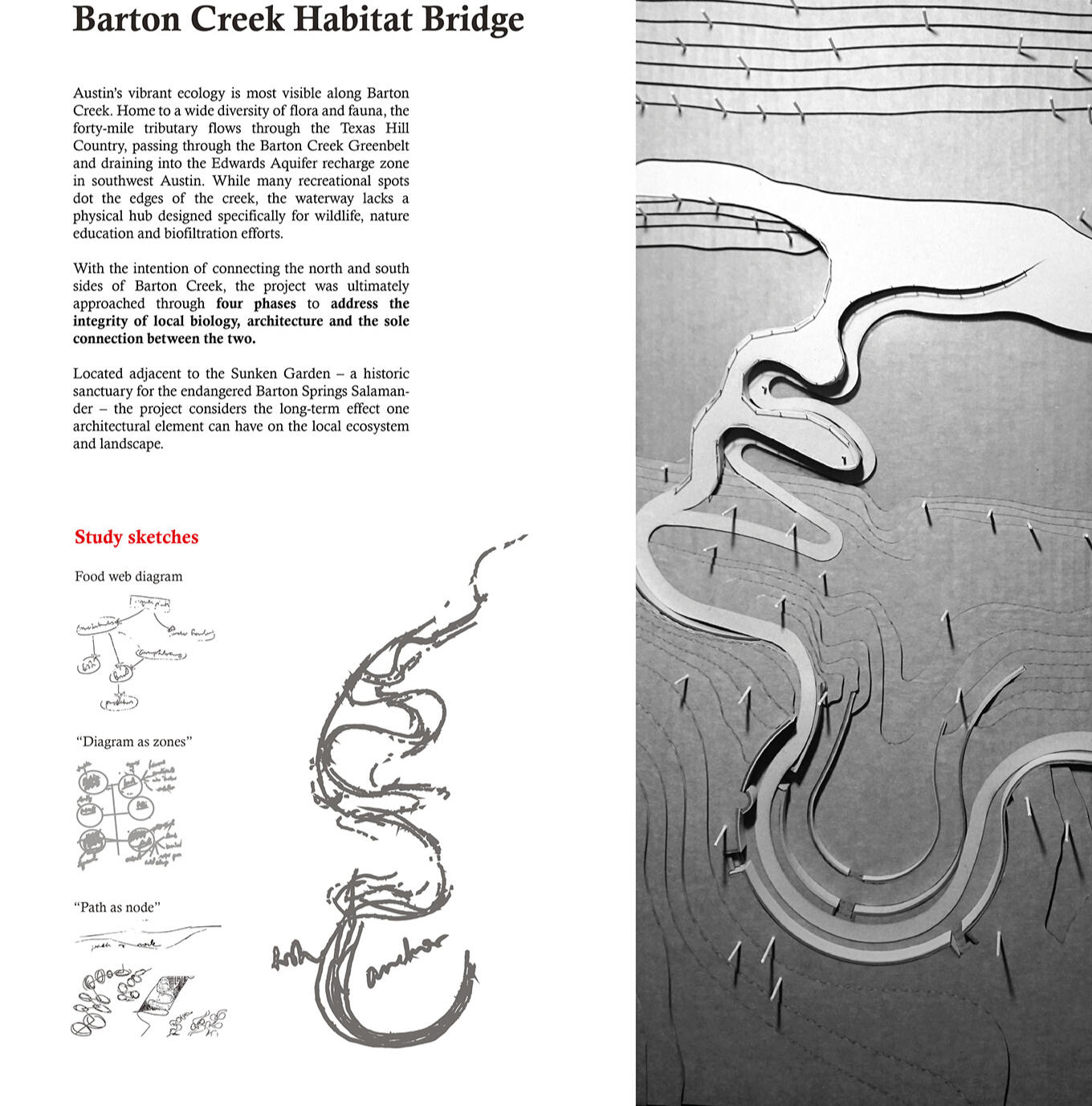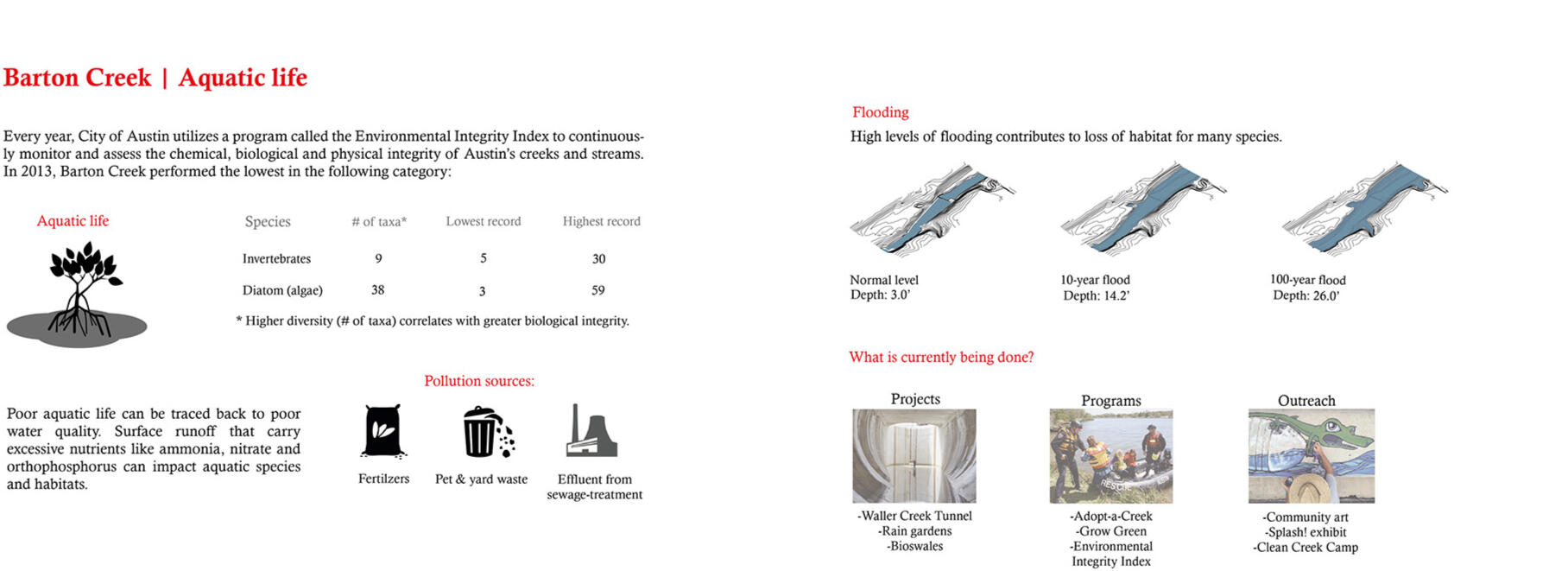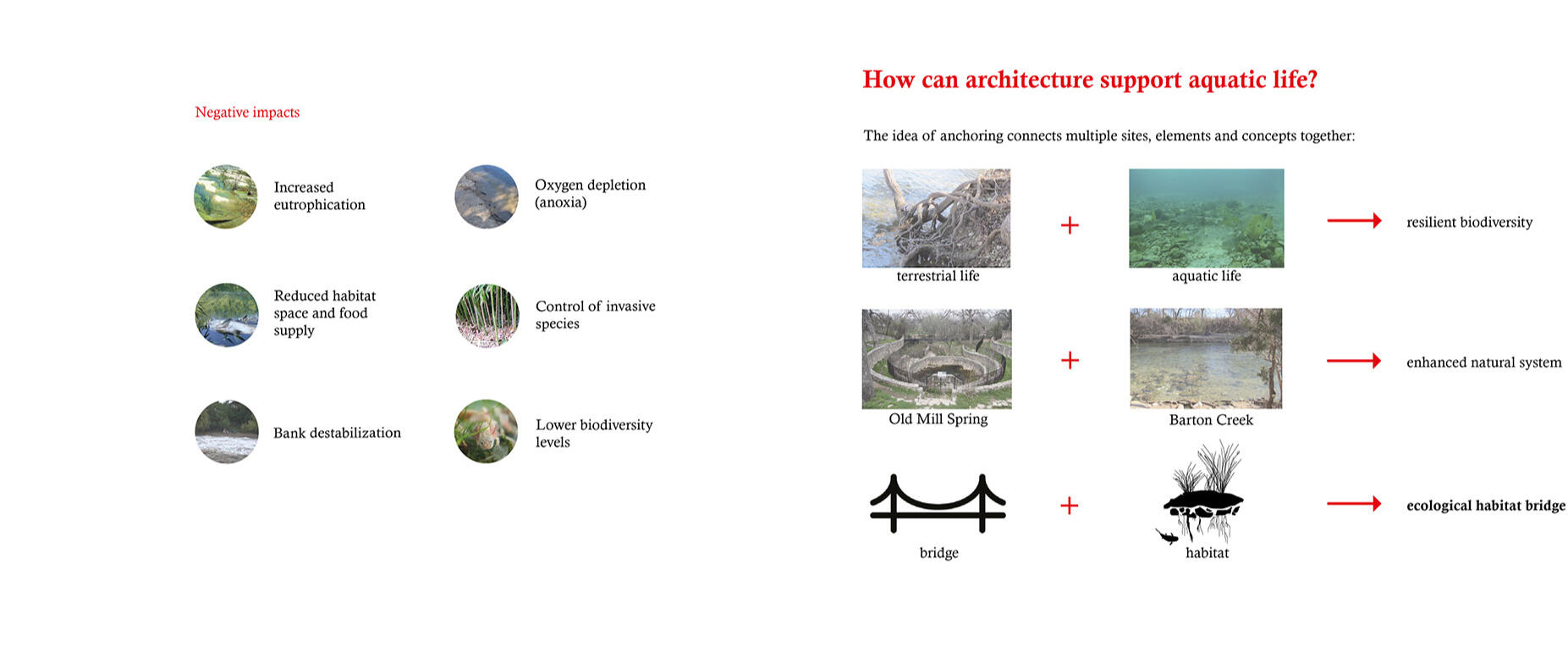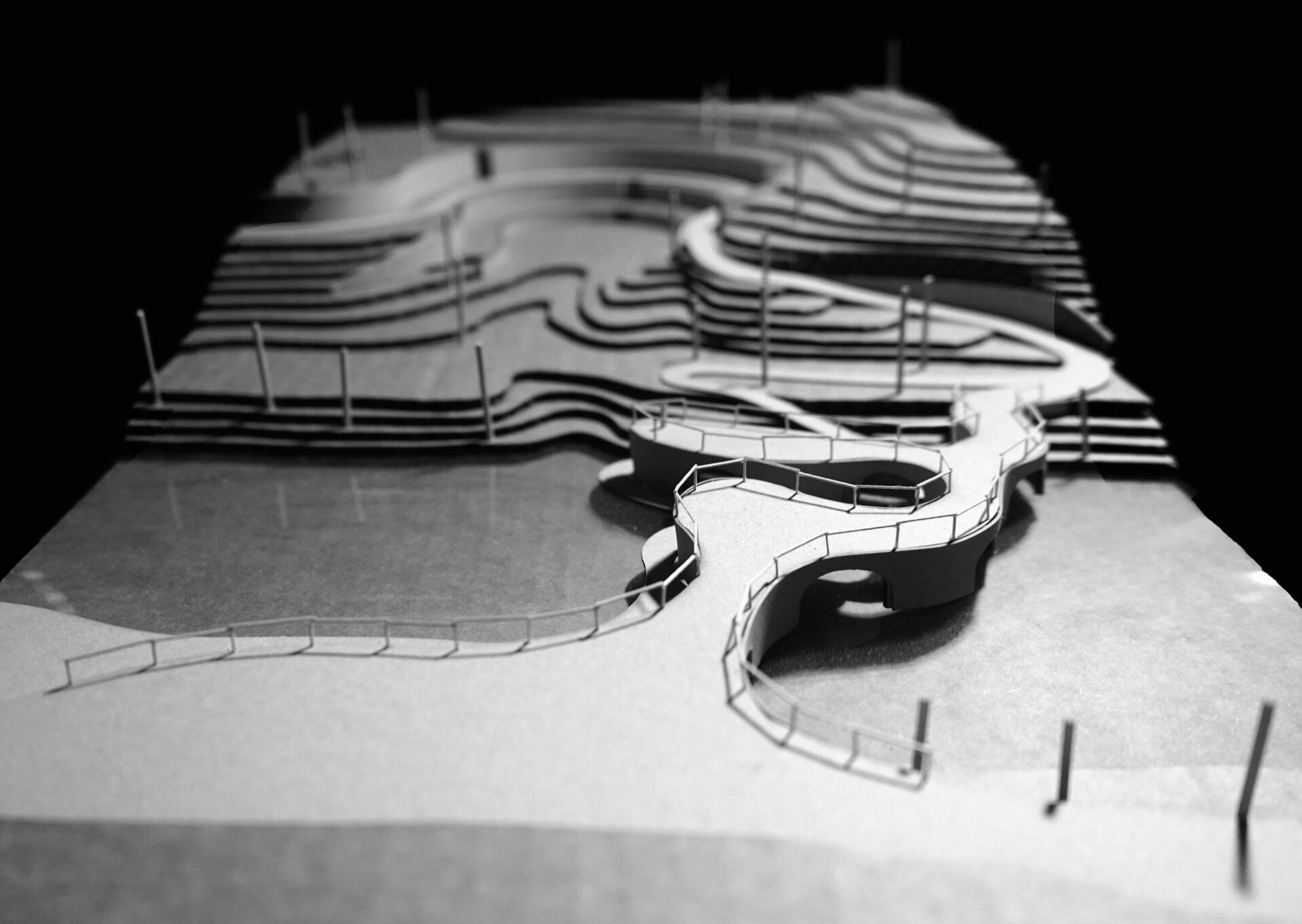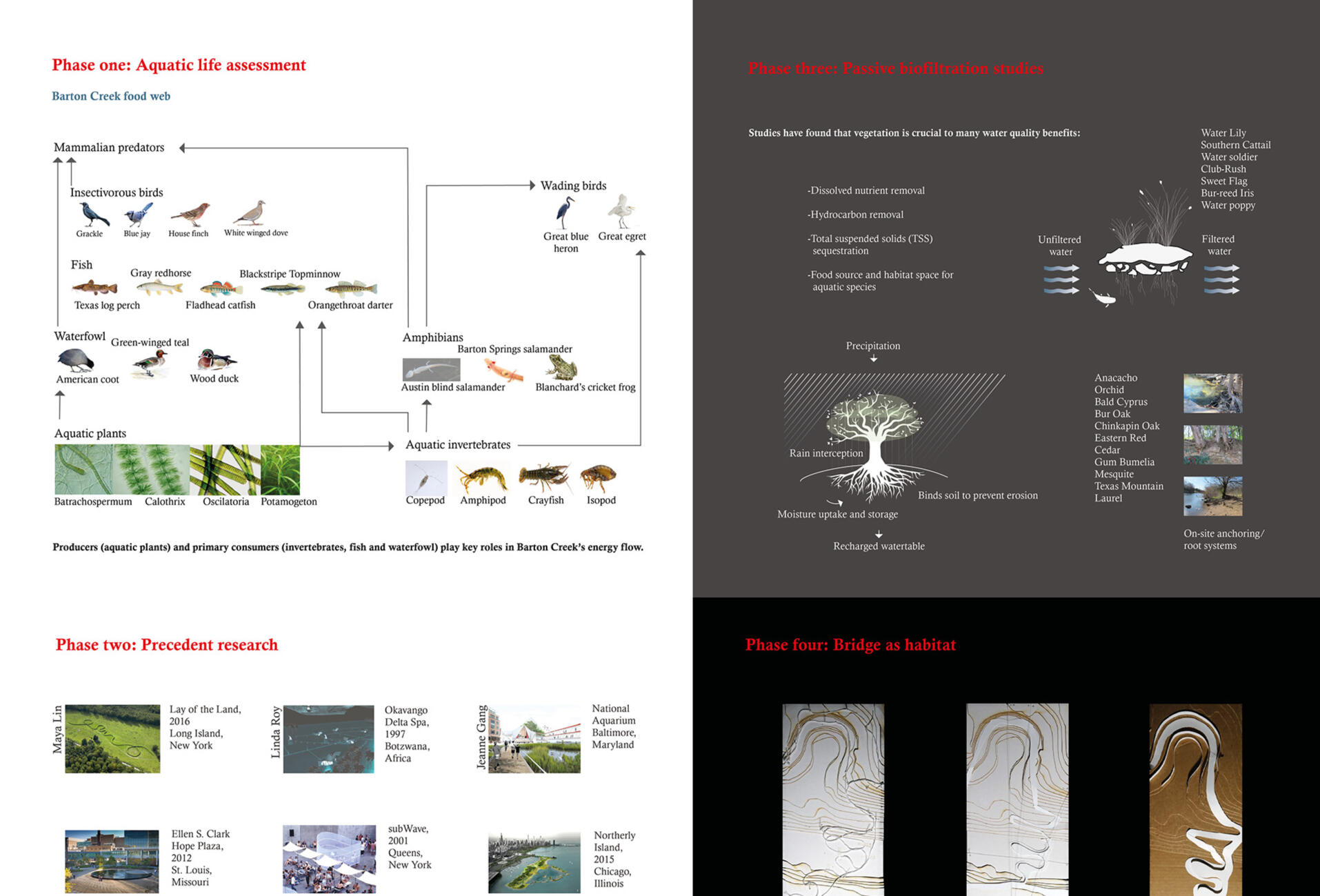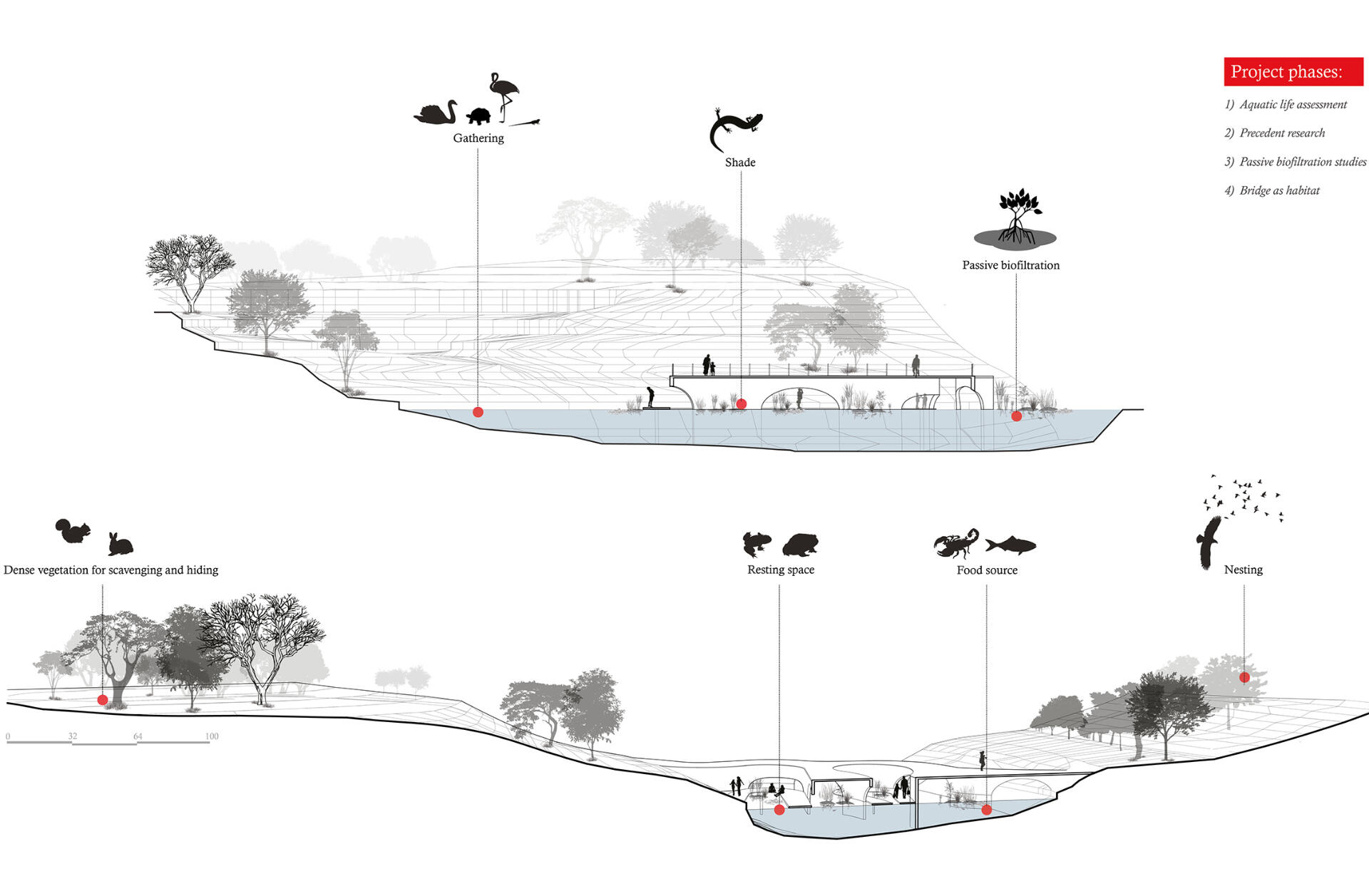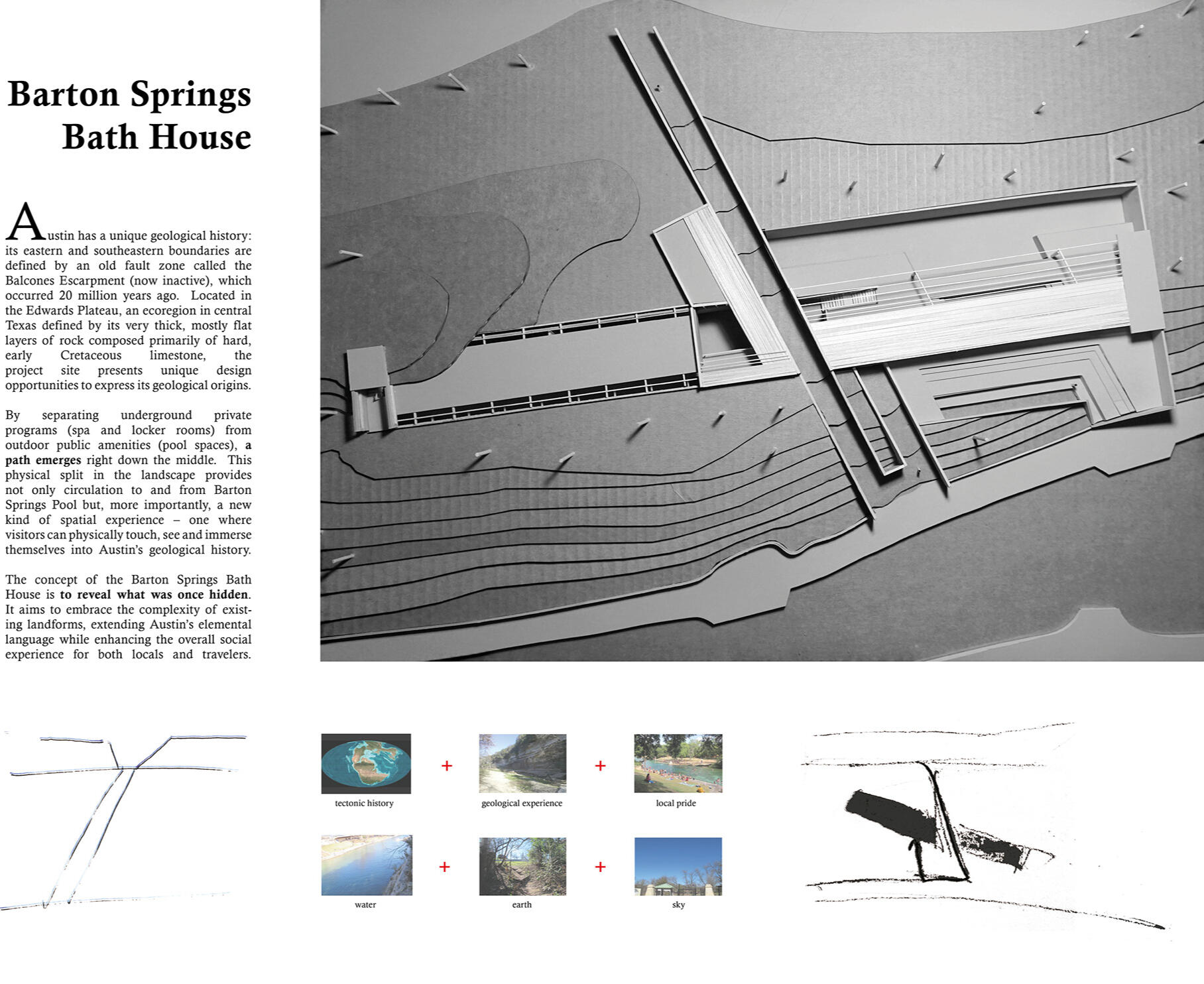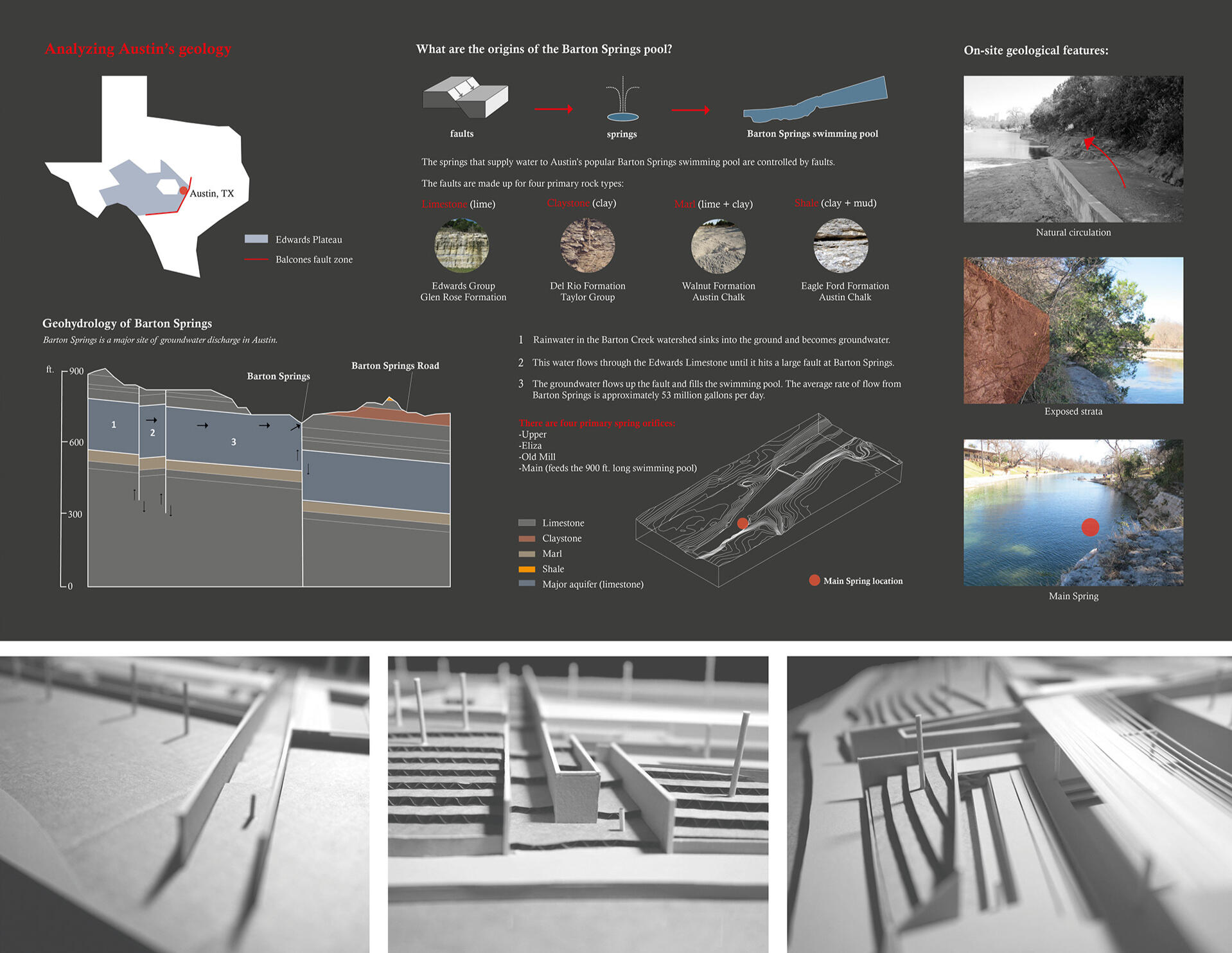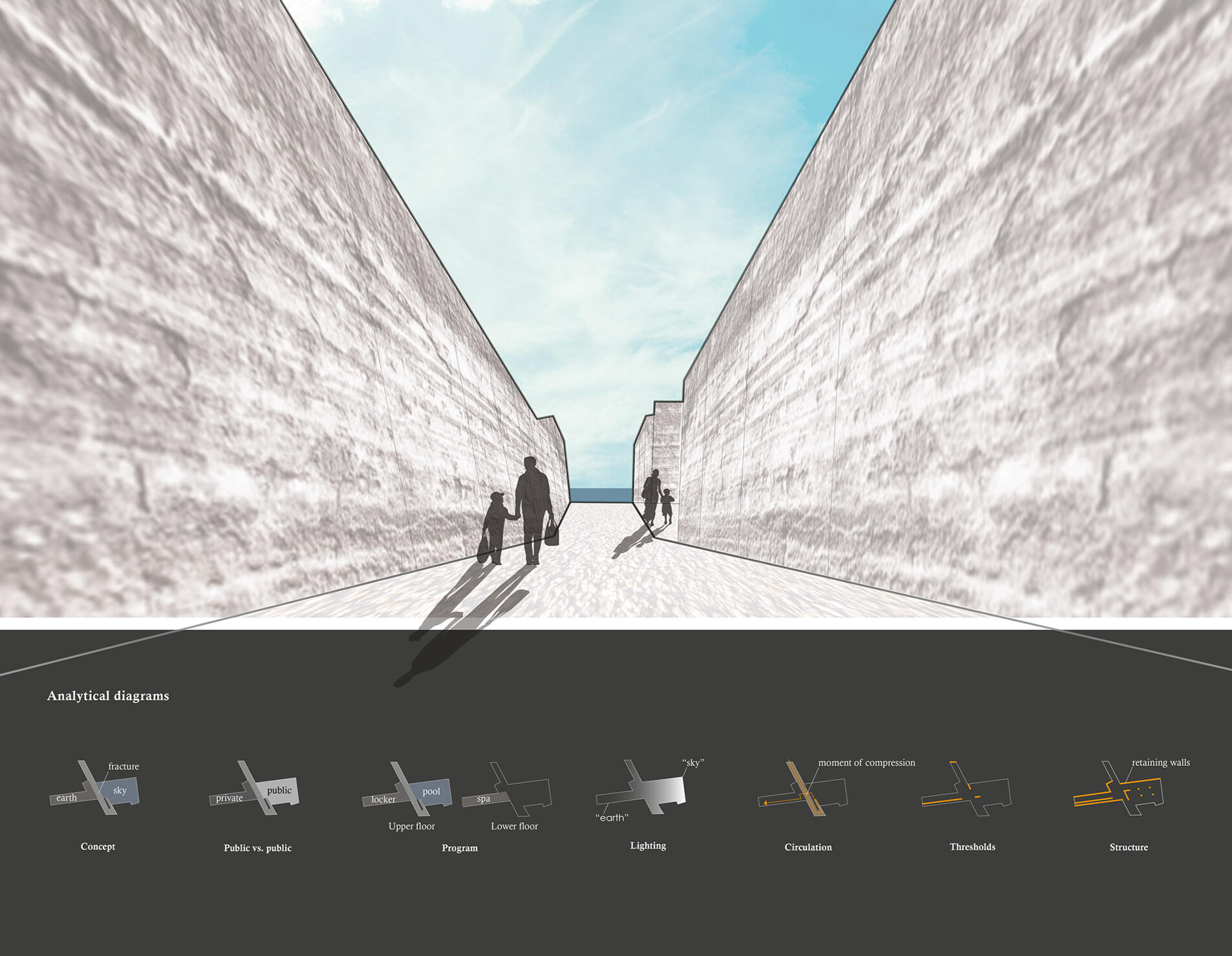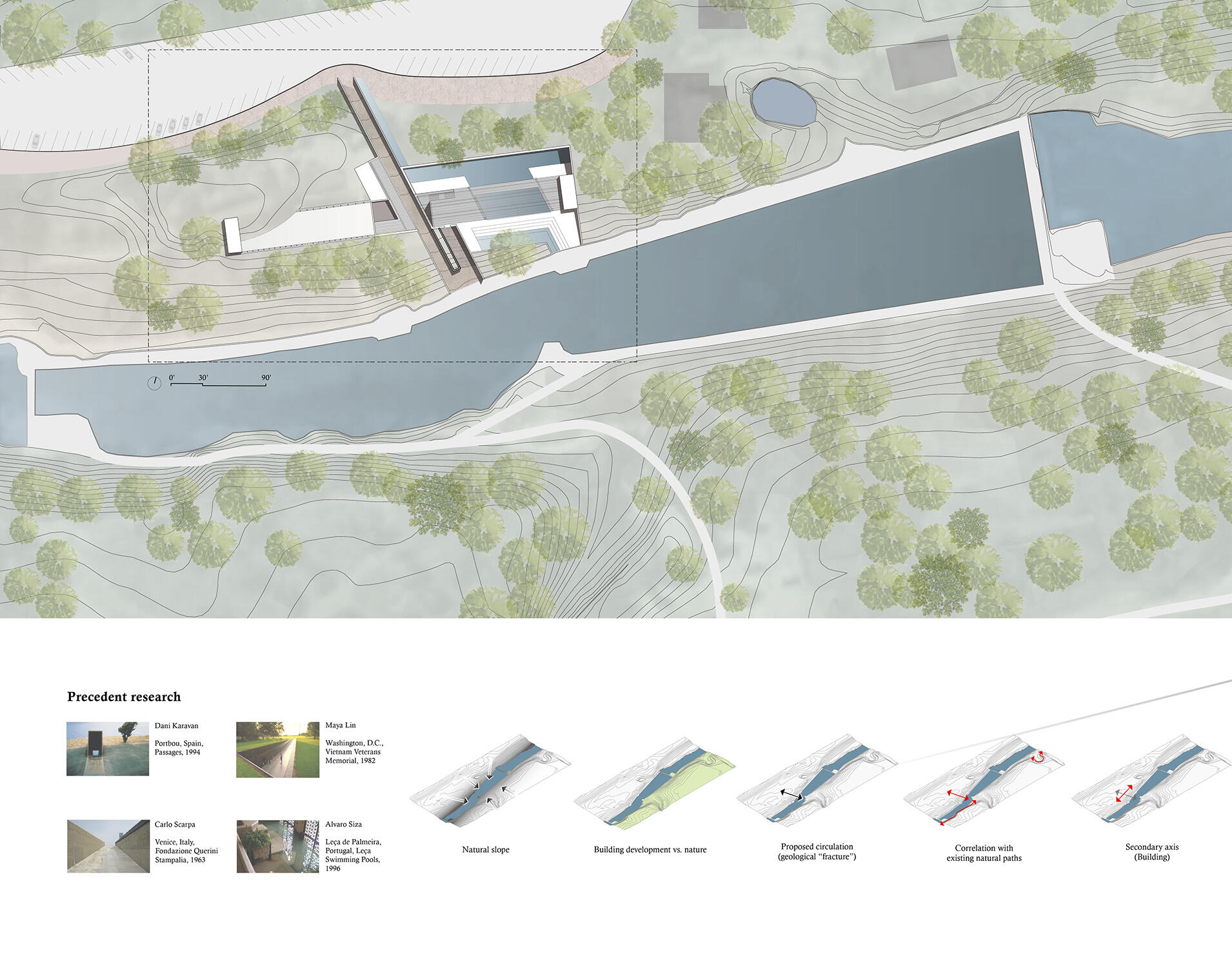Joanne Ma
Austin, TX
First-generation architectural graduate with roots in one of the most ethnically diverse metropolitan areas in the U.S.
Currently helping communities imagine new urban realities related to mobility and infrastructure at The Goodman Corporation.Study focus:
urbanism
humanities
sustainability
resiliency
data visualization
design on all levels
CONTENT:
Chandigarh: Sector 17 After Modernism
Theoretical Influence of Feminism in Architecture
Global Eco-City: Net-Zero and Energy Positive Communities and Buildings
Analyzing the Relationship between Identities of Place and Waste-to-Energy Practices
A Retroactive Manifesto for Bogotá
Carbon Revelation (Houston Early Research Experience)
Center for Spirituality and Meditation
Médiathèque Houston
Houston Center for Past and Future Studies
Contextualize: Landscape Bridge
Contextualize: Barton Springs Poolhouse
Fine Art: Canvas Painting
AP Studio Art: Concentration (Food Art)
Culinary Photography
Undergraduate Select Works
University of Houston Gerald D. Hines College of Architecture and Design
Bachelor of Architecture, Energy + Sustainability Minor
Chandigarh: Sector 17 After Modernism
Critic: William Truitt, AIA
Learning Abroad: Chandigarh + Mumbai + Ahmedabad, India
Theoretical Influence of Feminism in Architecture
Ideas and Buildings
Faculty Instructor: Ronnie Self
ABSTRACT
Throughout history, architecture has remained a field in which the text, mind and body intertwine. Formal, written critiques of “the body” and its link with gender and sex did not emerge until the postmodern era, a period of interdisciplinary research and journey to understand architecture beyond the practice. Key writers included theorists and educators Diana Agrest and Ann Bergren while architects Bernard Tschumi and Peter Eisenman pressed the importance of shifting our views from “the current dominant condition”. Together, their critiques have contributed to a theoretical framework and political agenda to “resist male domination” and broaden the discussion of architecture from sole “formal grounds” (think late modernist theory) to “cultural, historical and ethical grounds”. Feminism has shed light on unseen issues regarding gender and sex in architecture, and its rhetoric simply cannot be ignored.The first feminist critique is the “system" of architecture itself. In her essay “Architecture from Without: Body, Logic, Sex”, Diana Agrest described architecture as a “system” rooted from Renaissance texts (which drew upon Vitruvian texts), accounting for classicism and eventually the “Western tradition". It is defined both by what it includes and what it excludes (or left out or repressed), and the woman and her body, Agrest argues, falls in the latter.This “system” stems from an “idealistic logic” that ultimately establishes “the male body at the center of the unconscious architectural rules and configurations”, contributing to an anthropocentric discourse that displaces woman “not simply at a general social level but at the level of the body’s relation to architecture”. The assumption that “the body” is male is a direct consequence of an established “symbolic order” where not everyone has an equal chance of fitting in, and this process of symbolization ultimately connected the assumed-male “body” to a system of proportions, abstracting it into a system of formalization that later evolved into “form” – a term architects know today.As a result, woman and her body are suppressed in architectural imagery.Feminist critiques have opened up a potent discourse that undeniably demands more intellectual thought in architecture.The primary goal of this discourse is not to drift off into an “intellectual stratosphere” – a phrase coined by architect Colin Davies in his “Thinking about Architecture: An Introduction to Architectural Theory”. Instead, the feminist critique stays close to home and aims to raise awareness of one’s environment and space – and therefore of one’s existence – by engaging “theory and practice firmly in the sociopolitical reality”. The goal of Agrest’s critique, specifically, is the “recuperation of the female body in architecture” – a discourse of diversity, inclusivity and the fragmentation of “the architectural body”...
Global Eco-City: Net-Zero and Energy Positive Communities and Buildings
Critics: Bruce Race, PhD, FAIA, FAICP and Shafik Rifaat, FAIA, FAICP
Identifying and Analyzing the Relationship between Identities of Place and Waste-to-Energy Practices
Case Studies in Energy and Sustainability Capstone
Faculty Instructor: Terry Hallmark, PhD
ABSTRACT
Modern-day urbanism and energy are inseparable. Over the past century with the emergence of new engineering and construction technologies, high-density living has drastically evolved to prioritize energy-intensive systems, enabling consistent food and fuel access, personal transportation, and water and waste management. While inevitable population growth and fears of energy scarcity has pushed forward new conversations on the future of energy policy, it is equally important to consider the past: current debates over energy issues inherently stem from deep-rooted attitudes on overlooked concepts like tradition, identity, waste and modernization, and these attitudes are closely linked with traditional dialectics that carry heavy loads of historical context, conceptual evolution and influence.The main focus of this research stemmed from a humanities perspective - utilizing history, anthropology and architectural studies - to dive deeper into the culture and attitudes of a place. More specifically, the aim of this research was to identify and analyze unique and common relationships between a region’s identity of place and its waste-to-energy practices - from the design, location and perception of industrial infrastructure to bioenergy policies. What does vernacular architecture look like in a globalized world? How can urbanism shape waste-to-energy policies in ways we may often overlook, and how can this ultimately inform the design and integration of vital industrial facilities in the urban environment?As cities become increasingly dense, technical facilities need to be placed closer to city centers to strengthen connections with existing infrastructure while reducing time and costs in operation and transportation. For a city, having industry in its heart and center should not be seen as a defect but rather treasure of a region’s heritage, economic geography, work and social connections. Historical geography and place-making are valuable assets in architecture, and recognizing the foundations and impacts of industrialization and globalization is critical to understanding how uneven relations of power and privilege continue to inflect and reproduce places today.Waste is an inescapable remainder of processes of modernization. However, the ultimate end of waste does not have to be a disintegration into non-identity but instead a remaking as value...
A Retroactive Manifesto for Bogotá
Critic: William Truitt, AIA
Learning Abroad: Bogotá + Medellín, Colombia
Carbon Revelation
Houston Early Research Experience (HERE)
Research Seminar Focus: Carbon Sequestration
Faculty Seminar Leader: Sarah Ehlers, PhD
ABSTRACT
Before designing any large-scale, technical carbon-sequestering solution that may or may not fit into Houston’s urban fabric, it is important to understand how Houstonians view and relate with carbon in the first place, the history behind these perspectives, and the complexities of Houston’s landscape - shaped by industrialization, carbon masculinity, and contemporary practices of racism most evident in existing marginalized communities.Instead of approaching carbon in terms of isolation - which could lead to negative social repercussions - this project aims to shift existing individualistic views of carbon into a societal one, sparking a “carbon revelation” that will ignite collective thoughts and experiences and demand political and environmental change in our city.The goal is to visually reveal carbon - something normally hidden and invisible - and transform our experiences with it. By integrating history, architecture, technology and psychogeography, the project emphasizes the importance of public art and its ability to physically and psychologically integrate the individual within Houston’s complex landscape, collectively connect these experiences, and unveil our material reality.
Port of Houston Sketch


Revealing Carbon Sketch
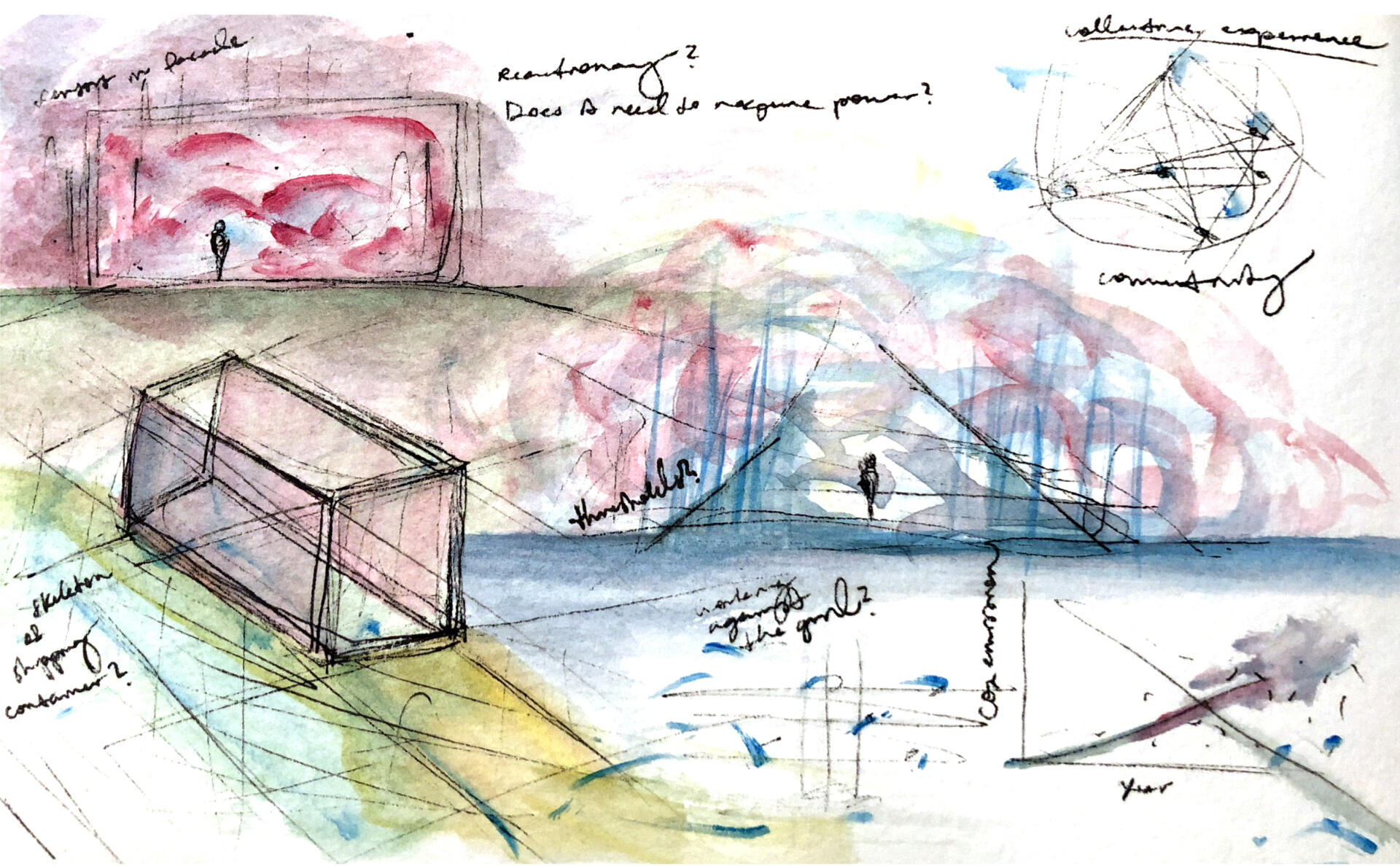
Utilizing shipping containers and solar-powered glass technology, the Revealing Carbon art installation aims to shift society’s mindset away from the neoliberal ideals of individualism by creating a new discourse on the rising carbon crisis - as well as awareness of existing environmental and social injustice caused by carbon-producing technologies - through a new digital shared space.Glass allows individuals to see the community around them while carbon sensors - integrated within the installation’s envelope - track real-time carbon levels of the surrounding area and visually translate this abstract data into something more tangible: a simulated purple smoke, created by pixels, will appear and darken or lighten depending on present carbon levels.Additionally, by pressing an installation network map on the glass, observers can compare current carbon level projections amongst all nine installations, each located at every Houston congressional voting district...
Center for Spirituality and Meditation
Critic: Scott Cutlip, AIA, LEEP AP
Médiathèque Houston
Critic: Christian Sheridan, AIA, LEED AP
Houston Center for Past and Future Studies
Critic: Sheryl Tucker de Vazquez
Contextualize: Landscape Bridge
Critic: Sheryl Tucker de Vazquez
Contextualize: Barton Springs Poolhouse
Critic: Sheryl Tucker de Vazquez
Fine Art: Canvas Painting
Oil on canvas


AP Studio Art: Concentration
The progression of health through the depictions of food
Acrylic on paper









Culinary Photography
Cooking, Baking + Blogging












